-
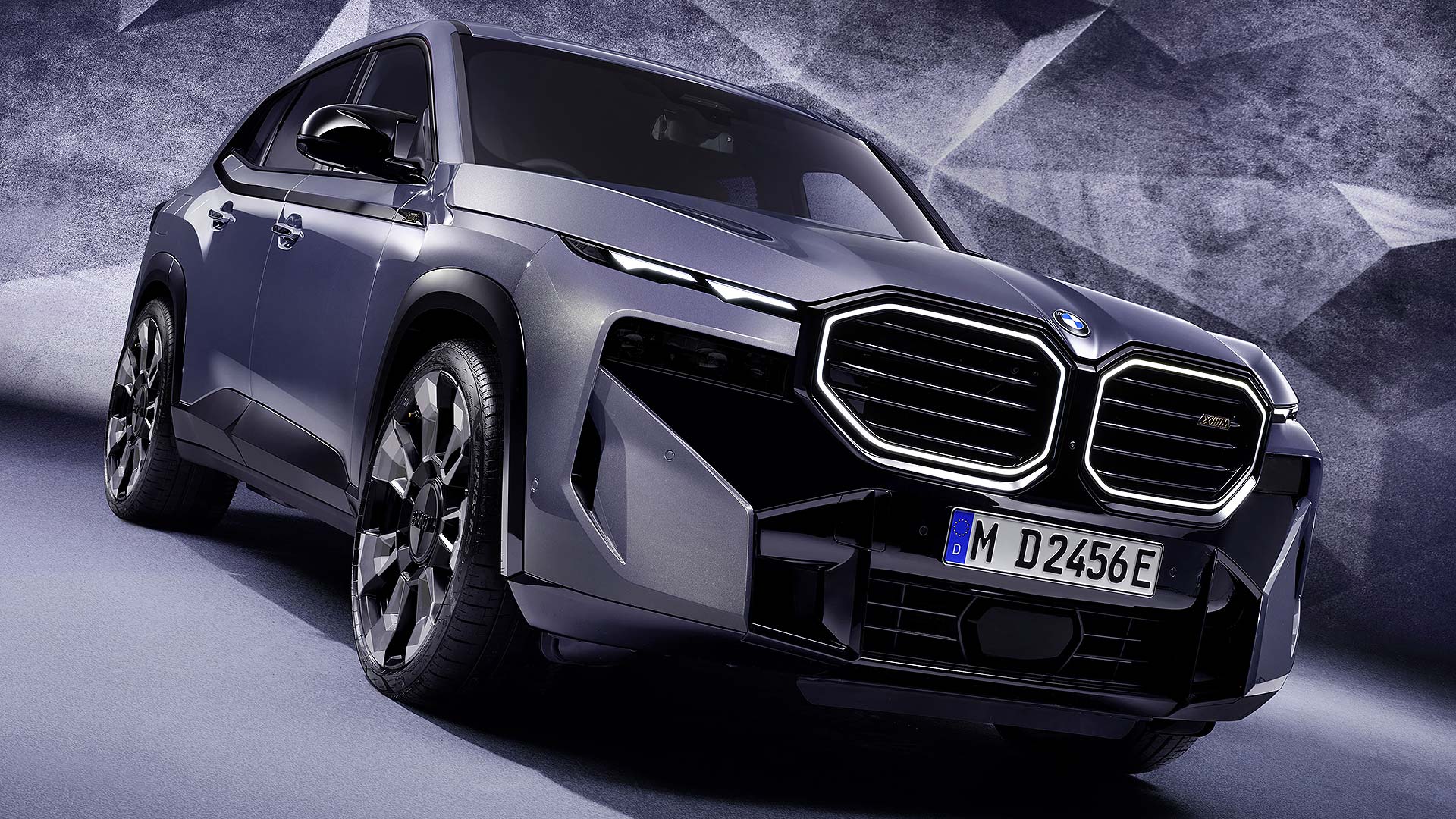
Prepare for a grilling by the ultimate driving machine
© BMWBMW has undergone a rapid expansion of its model range in the past two decades, but not all of the styling efforts of those models have been universally loved. From Bangle rears, to gigantic grilles, the Munich-based company has found new ways to push the styling boundaries.
With today’s line-up crowned by the divisive flagship XM SUV, we have taken a look at BMW’s controversial past.
-
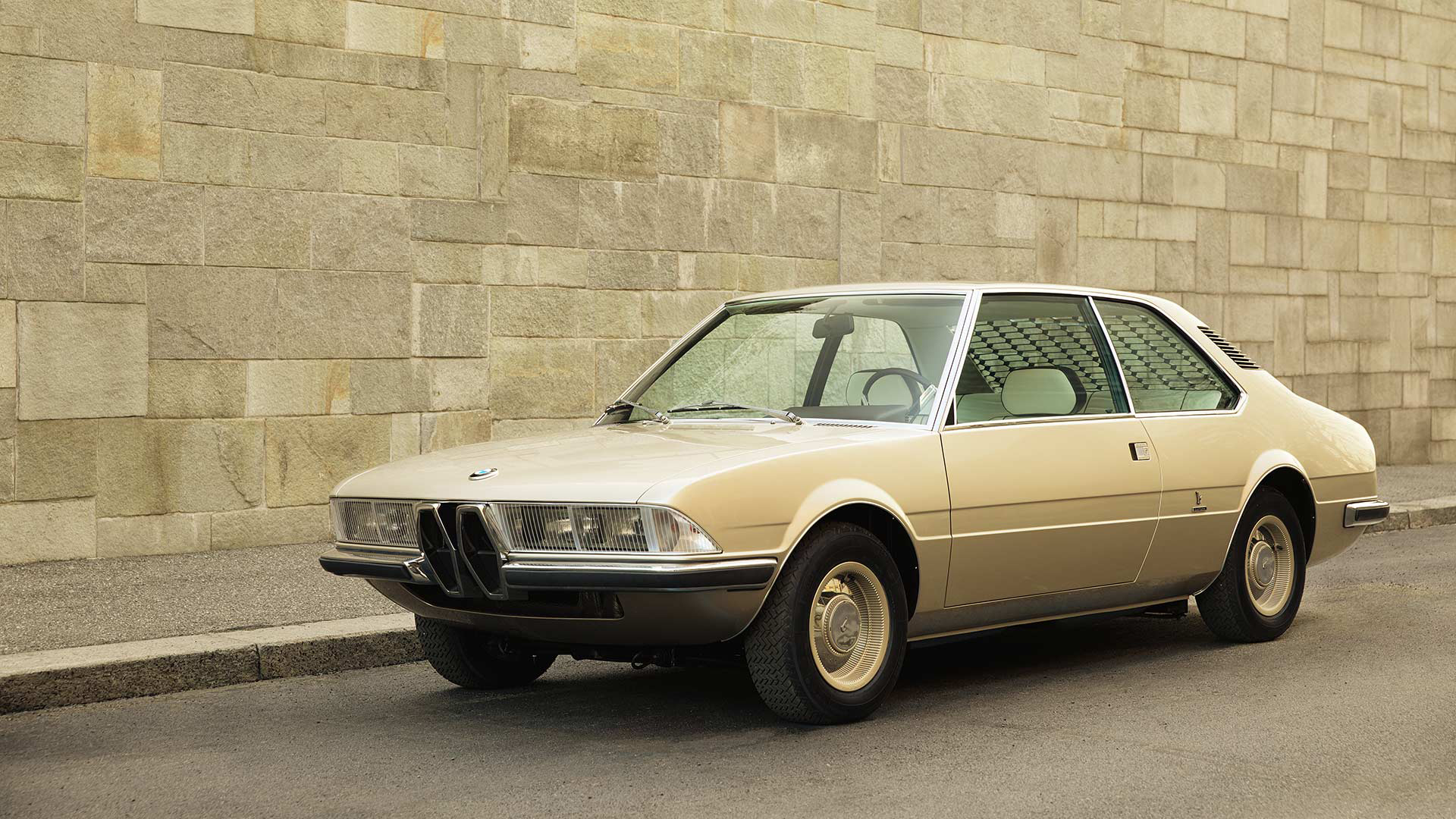
1970 BMW Garmisch Concept
© BMWCreated by Italian design house Bertone, the Garmisch concept was built for the 1970 Geneva Motor Show to indicate what direction BMW could potentially take. It packed a number of classic Bertone features, with plenty of straight lines and a curious honeycomb cover for the rear window.
The original concept car disappeared after the 1970 Geneva event. However, Adrian van Hooydonk, Senior Vice President of BMW Group Design, uncovered photos of the car and set about recreating it from scratch. We wonder if he used the large grille on the Garmisch as inspiration for the current crop of BMW products?
-
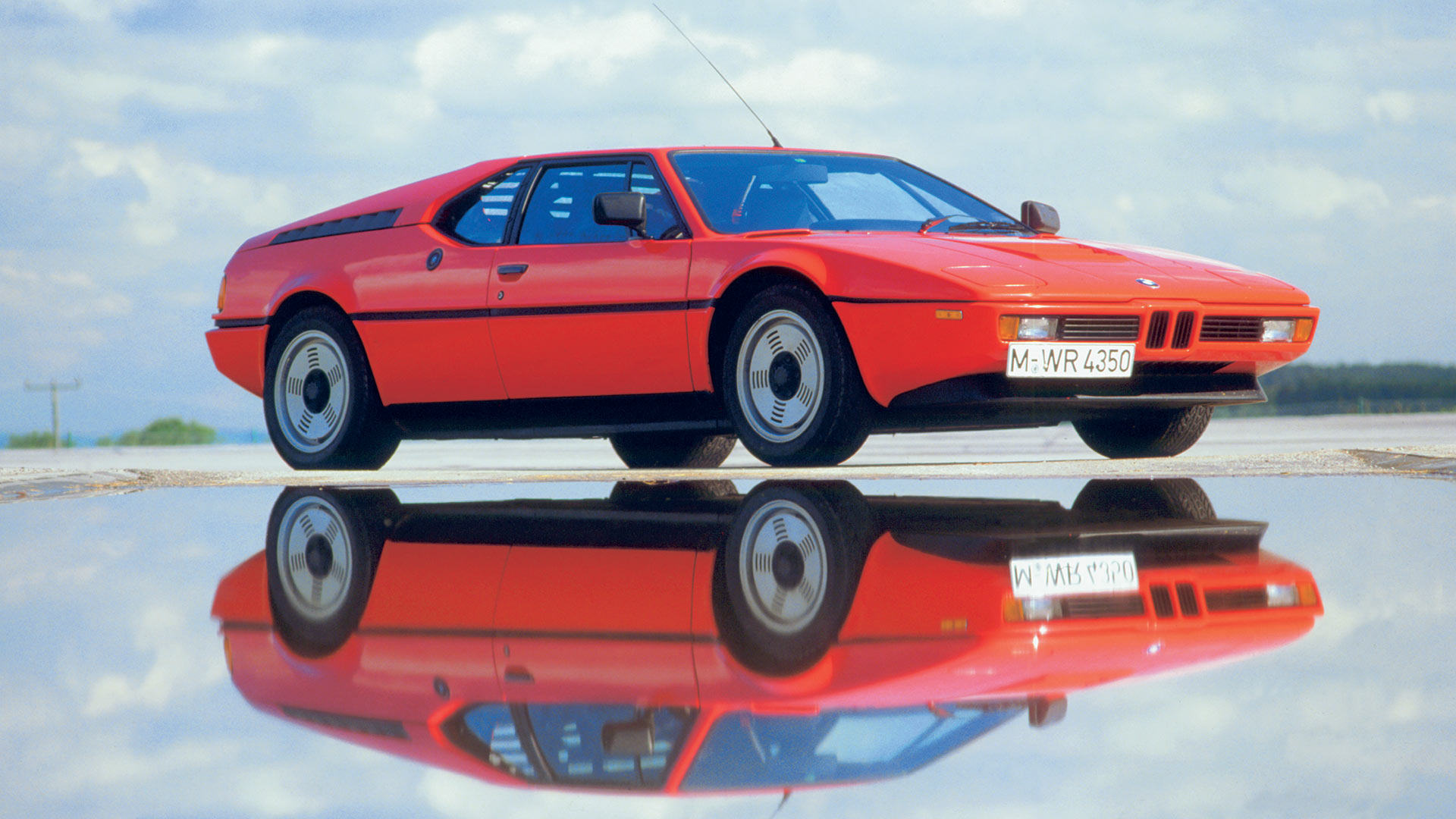
1978 BMW M1
© BMWWhat makes the BMW M1 design controversial is not the finished product, an impressive mid-engined sports car, but the story behind it. BMW had planned to compete against Porsche in Group 5 racing, and reached an agreement with Lamborghini to design and build a homologation special.
Worried as to whether Lamborghini could complete the project, BMW took things back in-house. Giugiaro was responsible for the wedge-shaped machine, with initial assembly taking place in Turin, Italy by a group of former Lamborghini employees at Ital Design.
Another company, Baur, was then responsible for fitting the BMW-supplied engines, before BMW’s motorsport department made final checks. This convoluted process meant BMW missed the chance to compete in Group 5 racing, and instead created the M1 Procar.
-
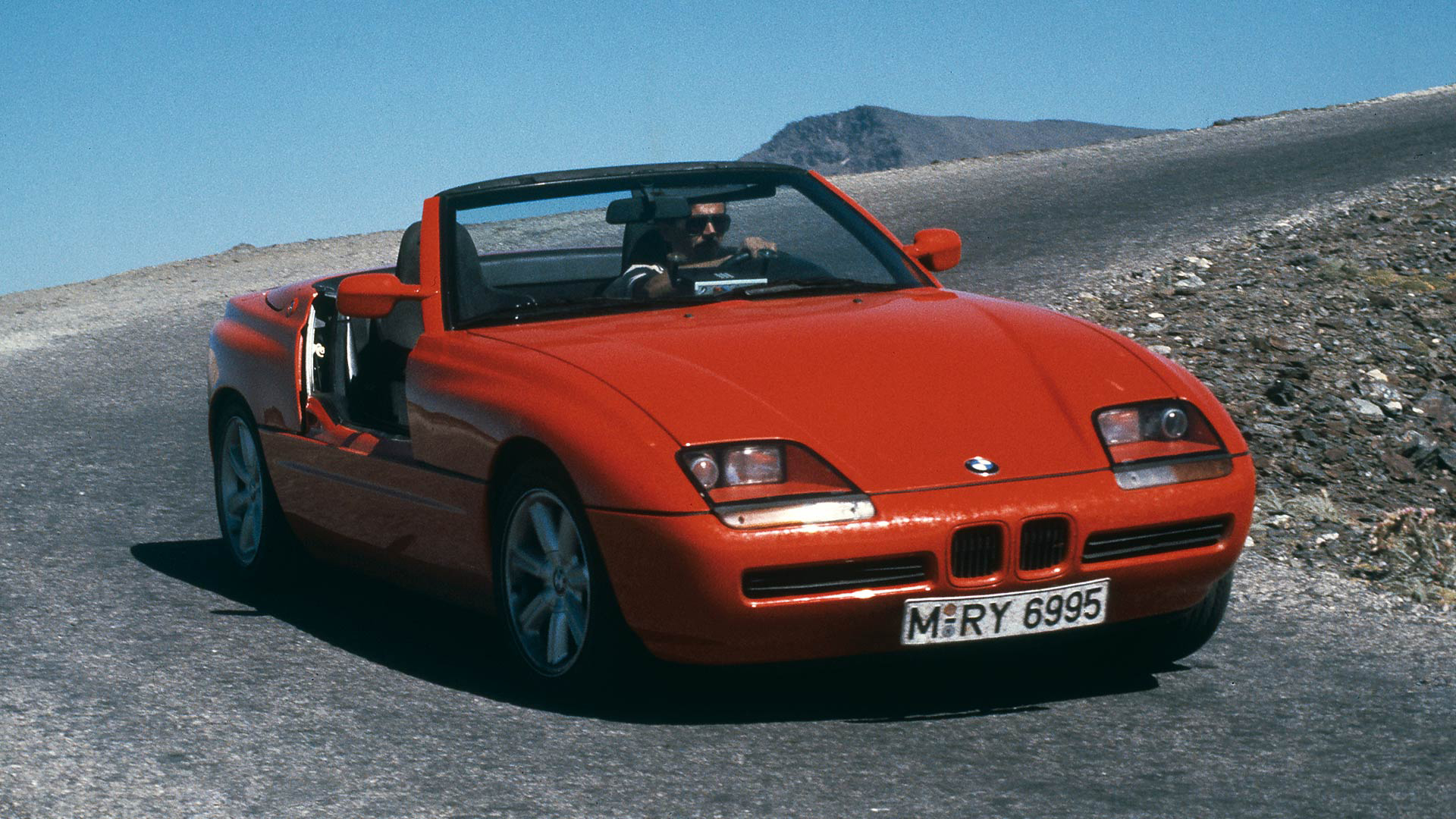
1989 BMW Z1
© BMWPenned by Dutch designer Harm Lagaay, the BMW Z1 looked like nothing else offered by the Bavarian company in the late 1980s. What made it more incredible was the plastic body panels were non-structural, meaning they could be completely replaced in under an hour.
However, the main showpiece were the doors that retracted vertically into the side sills of the Z1 by sliding downwards. Novelty came in the fact that the Z1 could be driven with the doors dropped. High prices, and limited production capacity, meant only 8,000 examples were made before BMW pulled the plug.
-
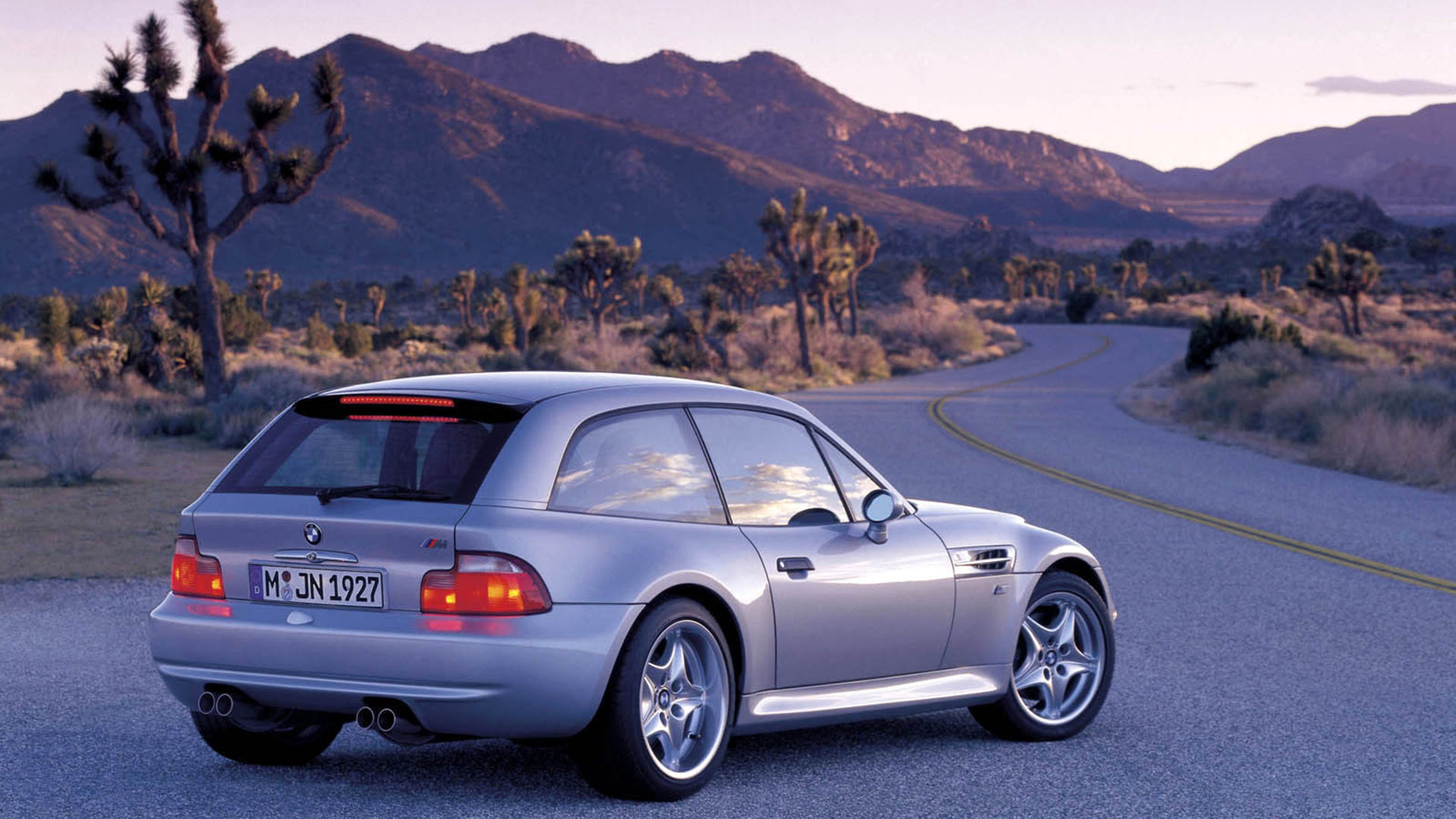
1998 E36 BMW Z3 Coupe
© BMWFor most of the 1990s, BMW concentrated on its core saloon models, with only the Z3 Roadster standing out from the range. By 1998, a team of BMW engineers had decided that the Z3 needed a coupe version, and set to work creating their own prototype. The end result was the Z3 Coupe, which made use of an unusual shooting brake design.
BMW’s management were said to have been reluctant to produce the coupe model, but finally relented. Perhaps proving BMW’s cautiousness right, buyers were wary of the unconventional styling and the Z3 Coupe remained a slow seller. Today, M Coupe versions have become collectible due to their limited numbers.
-
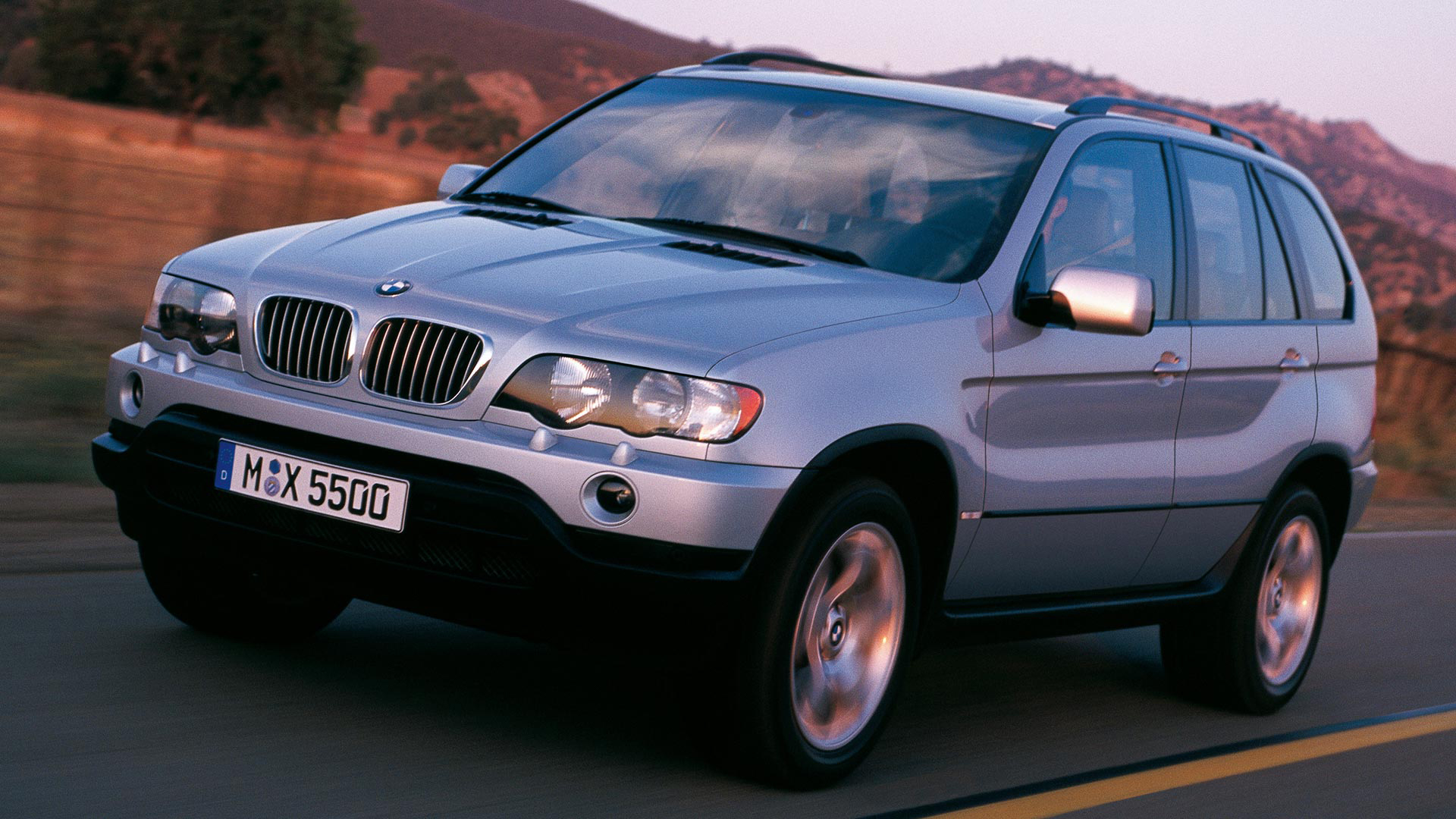
2000 E53 BMW X5
© BMWCompared to BMW’s contemporary range of SUV models, the styling of the original X5 looks almost subtle and uncontentious. What made it controversial was that this marked the move of BMW into the SUV market, following Mercedes-Benz who had launched the M-Class in 1997.
Built at BMW’s factory in Spartanburg, South Carolina, the original X5 shared numerous parts with the E39 5 Series to keep costs down. Notably, the first-generation X5 was one of the earliest production models which saw an input from Chris Bangle as Chief of Design.
-
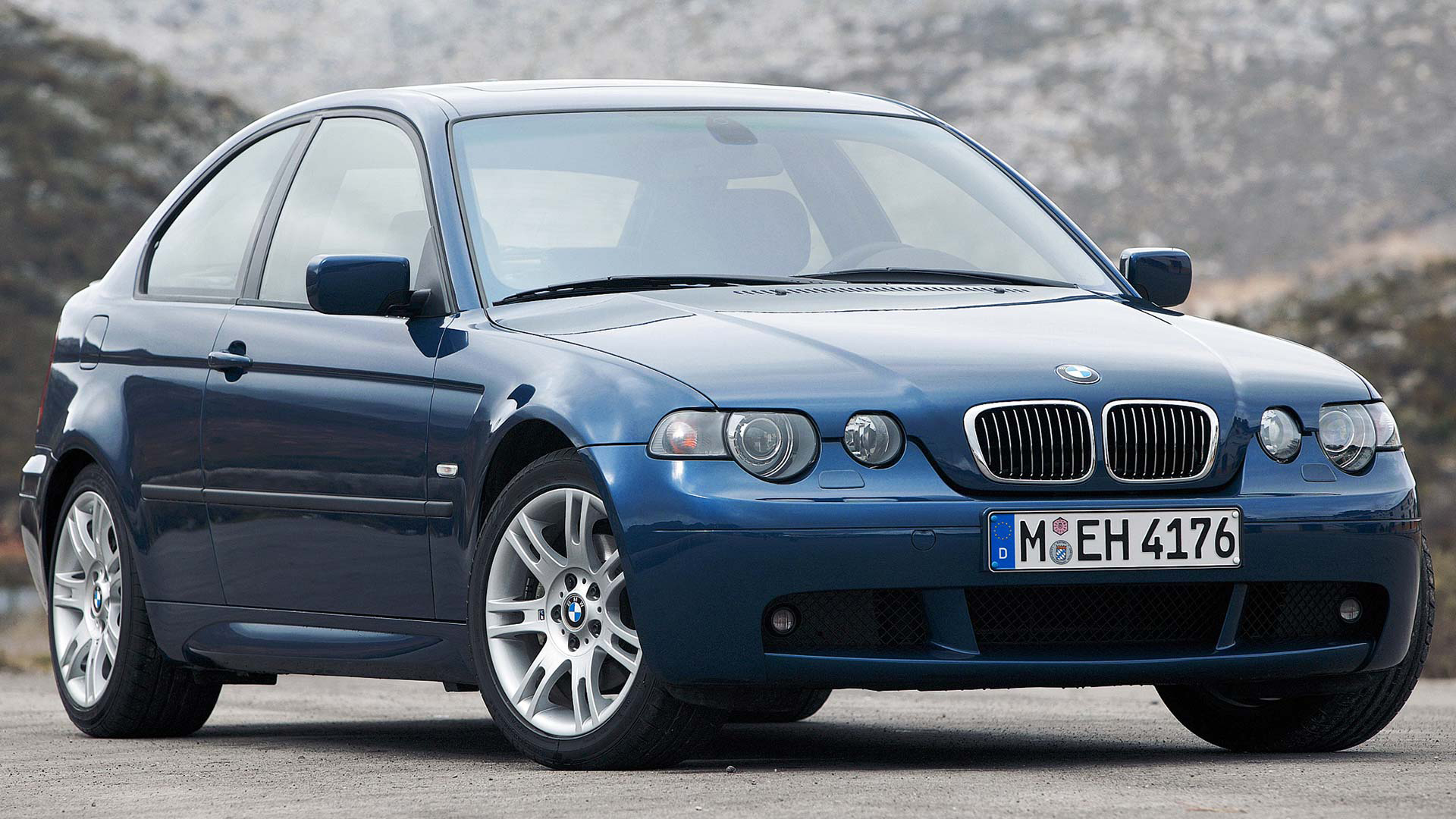
2001 E46 BMW 3 Series Compact facelift version
© BMWBMW’s 3 Series Compact range, featuring a truncated rear end with a hatchback design, had first been introduced in 1993. By 2000 the model moved to the new E46 chassis platform, and gained a more rounded design. What stood out most where the piercing round headlights, separated by overlapping bonnet elements.
The fitment of Lexus IS200-style rear lights also meant this version of the Compact looked just as divisive from behind. Slow sales of the previous-generation Compact model meant North American customers were spared the choice of this later version.
-
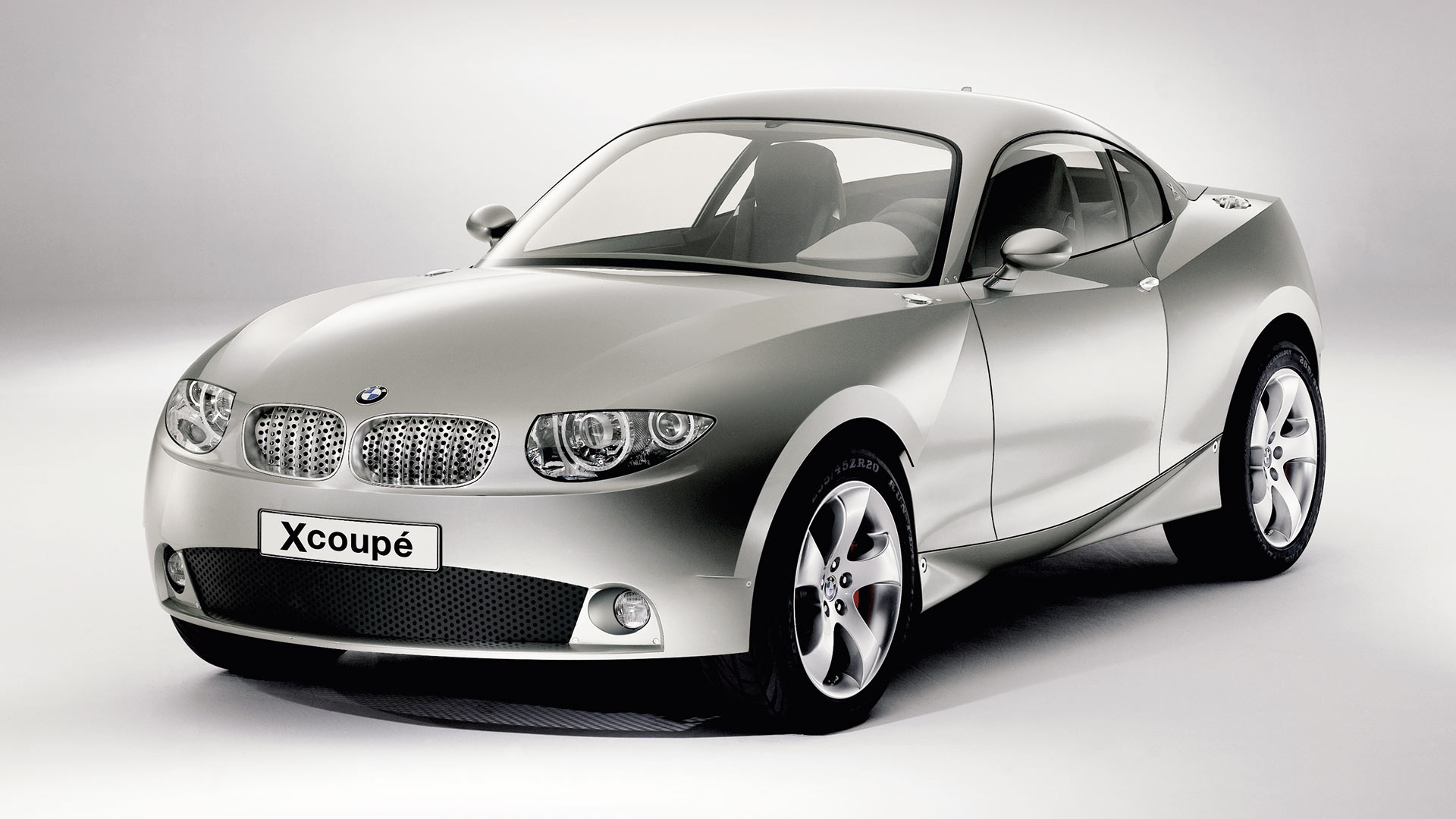
2001 BMW X-Coupe Concept
© BMWBrave is possibly the kindest word used to describe the X-Coupe Concept when it appeared at the 2001 Detroit Auto Show. A crossover coupe riding on the platform from an X5, the X-Coupe was powered by a 3.0-litre turbodiesel engine, and featured all-wheel drive.
Chris Bangle was responsible for the dramatic ‘flame surfacing’ used on the aluminium body. This would become his trademark during his tenure at BMW, and set the scene for many of the cars which follow later on this list. It may have signalled that BMW’s future lay with crossover models, but at least the front grille was relatively small.
-
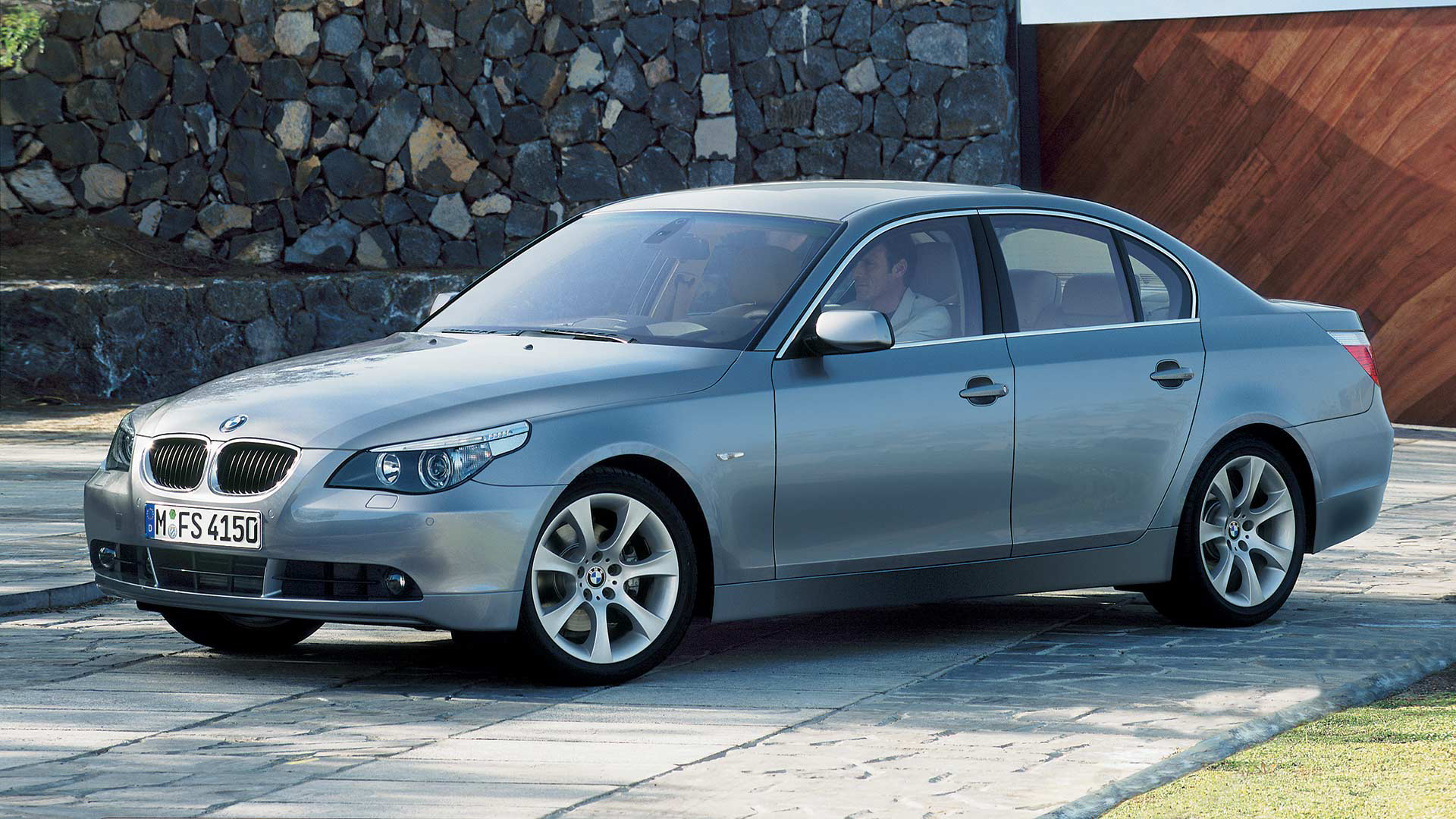
2001 E65 BMW 7 Series
© BMWSir Mixalot might have been a fan of the new 7 Series launched in 2001, although many others were put off by the sight of that big rear end. The design was completed under the direction of Chris Bangle, and led to the enlarged boot lid being branded as the ‘Bangle B*tt’ by outraged BMW fans.
Compared to the previous 7 Series, the E65 was radically different. Along with the challenging styling, it also became the first BMW to feature the iDrive system to control car settings and infotainment. Critics branded iDrive as complicated and unitutive, with the single rotary dial hard to master.
A later facelift attempted to fix some of the more divisive styling elements, but could never truly change the car beneath. Even viewed today, the looks of the E65 are still polarising.
-
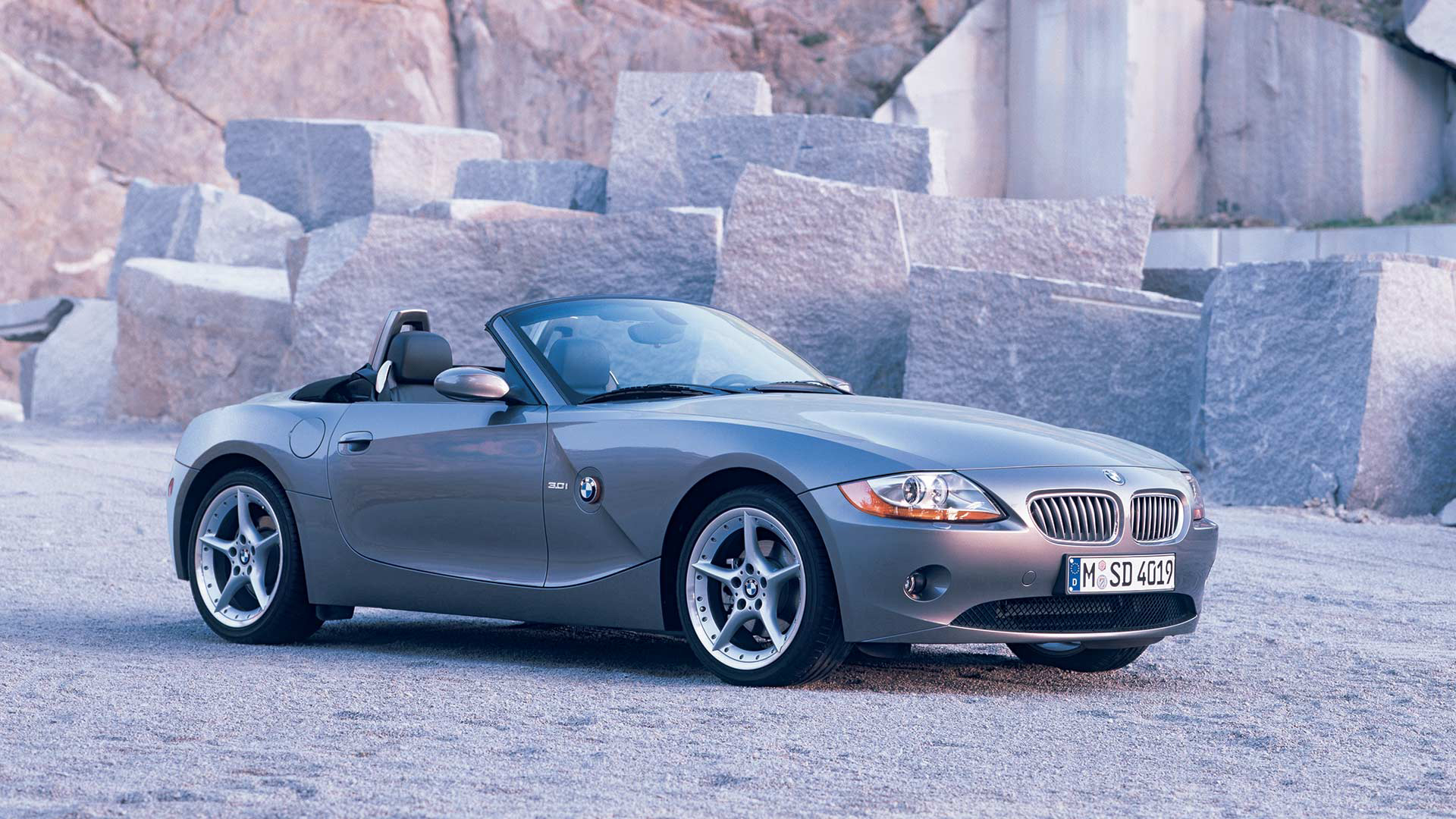
2002 E85 BMW Z4
© BMWAfter the retro stylings of the Z3, BMW went thoroughly modern with the looks of the 2002 Z4. Inspiration could be found in the lines of the X-Coupe Concept, with numerous creases and the use of the ‘flame surfacing’ design trend.
It may have been divisive when new, but almost two decades later the looks of the E85 Z4 actually seem remarkably undated. A hardtop coupe version was planned from the start, helping avoid the awkwardness seen on the Z3 Coupe.
-
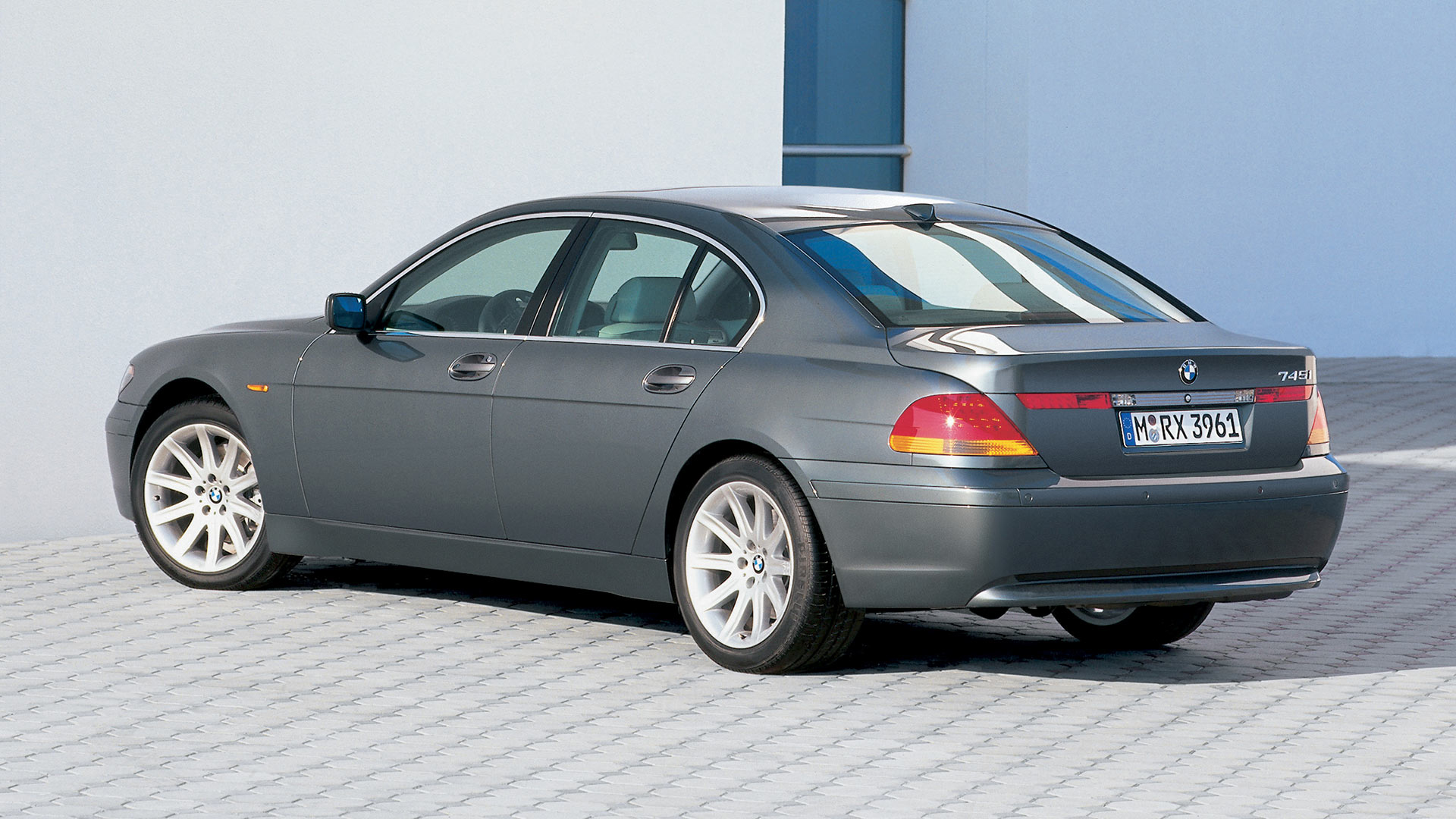
2003 E60 BMW 5 Series
© BMWThe previous-generation E39 BMW 5 Series had been lauded as possibly the greatest executive car ever made. Buyers loved it, from the driving dynamics to the handsome but understated styling.
It meant a lot of potential customers were shocked when the E60 first appeared in 2003. The ‘Bangle Butt’ may have been toned down, yet the sharp lines and creases were a world away from its smooth E39 predecessor. Add in the iDrive system, and a tough ride on run-flat tires, and customers were up in arms.
Yet looking at the E60 now, perhaps we were too hard on Chris Bangle. It still looks modern and, compared to recent designs, manages to appear almost delicate and precise. We’re sorry, Chris.
-
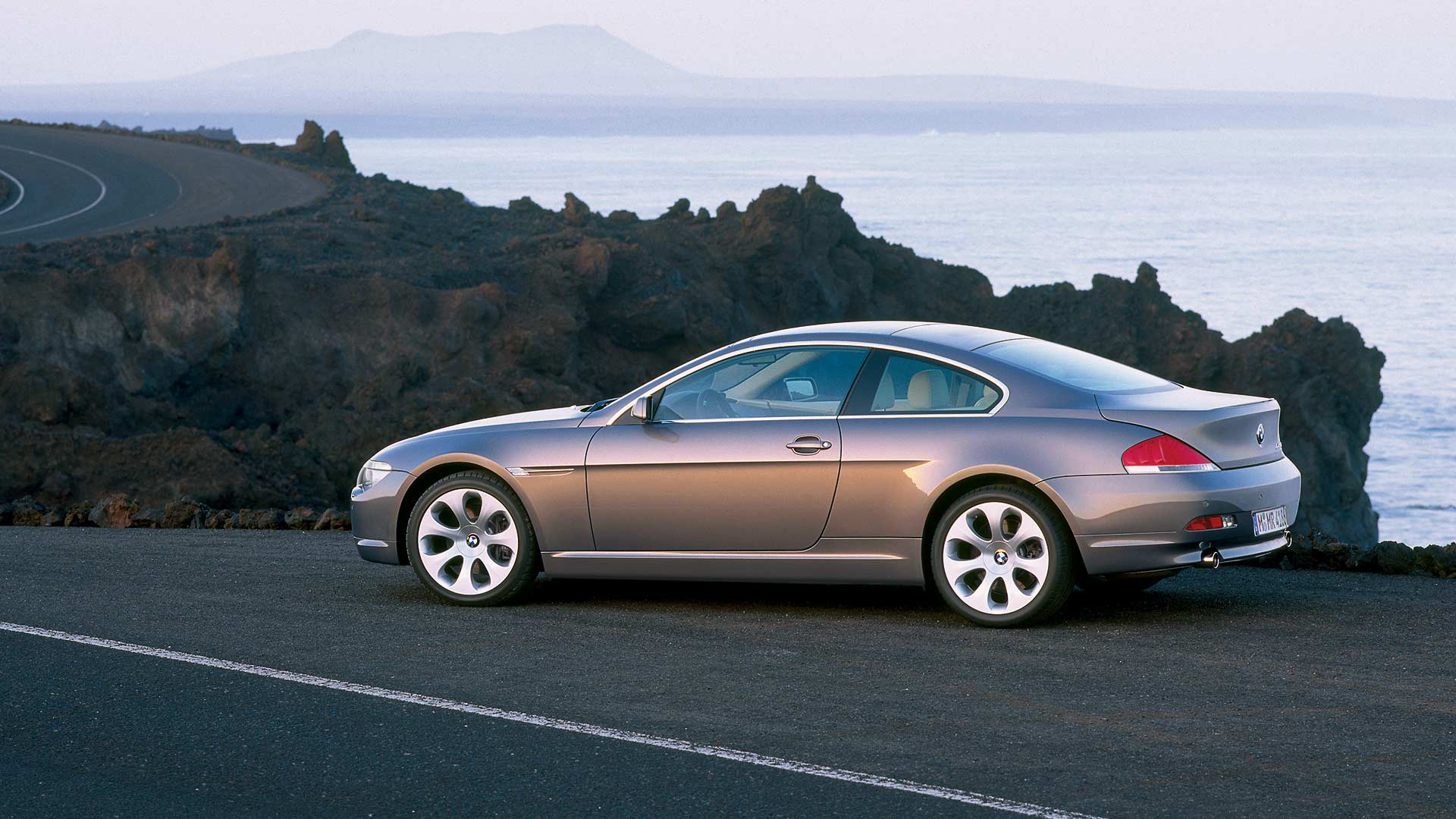
2003 E63 BMW 6 Series
© BMW2003 saw a double dose of controversial BMW launches, with the 6 Series badge reappearing after 15 years away. Related to the E60 5 Series, design inspiration came from the Z9 concept car created by Chris Bangle in 1999.
It featured advances like body panels made from lightweight materials, and even an M6 version with a V-10 engine. Yet it would always be the unconventional rear which people would remember the 6 Series for, no matter how hard it tried.
-
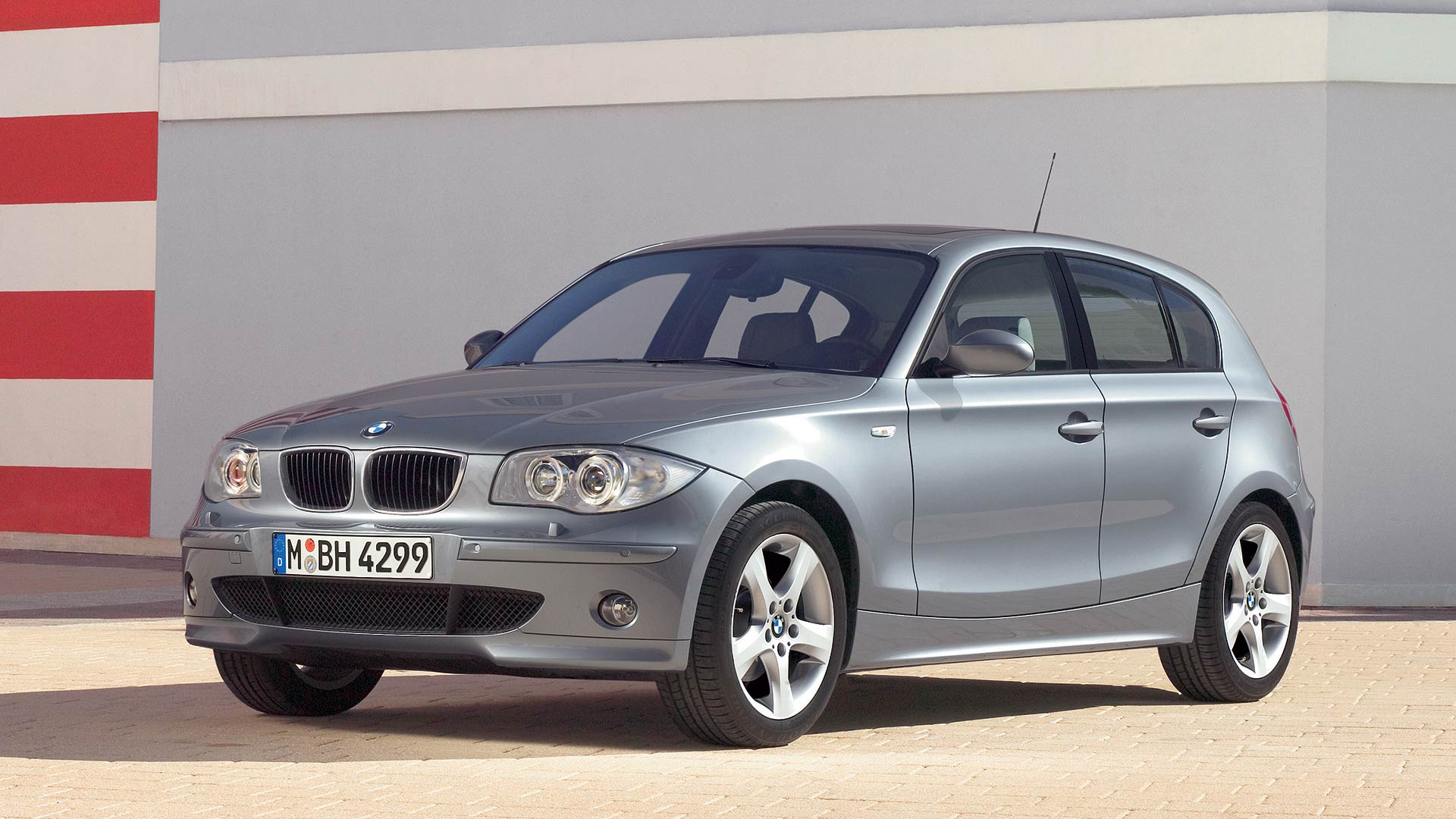
2004 E87 BMW 1 Series
© BMWBMW made a big leap into the premium hatchback market with the 1 Series, designed to compete against the Audi A3 and Mercedes-Benz A-Class. Unlike its rivals, BMW also blessed it with rear-wheel drive to keep the classic driving experience.
Design influences came from the CS1 concept car, and included copious amounts of flame surfacing. Despite being an acquired taste for many, the 1 Series went on to enjoy commercial success, remaining in production until 2013.
-
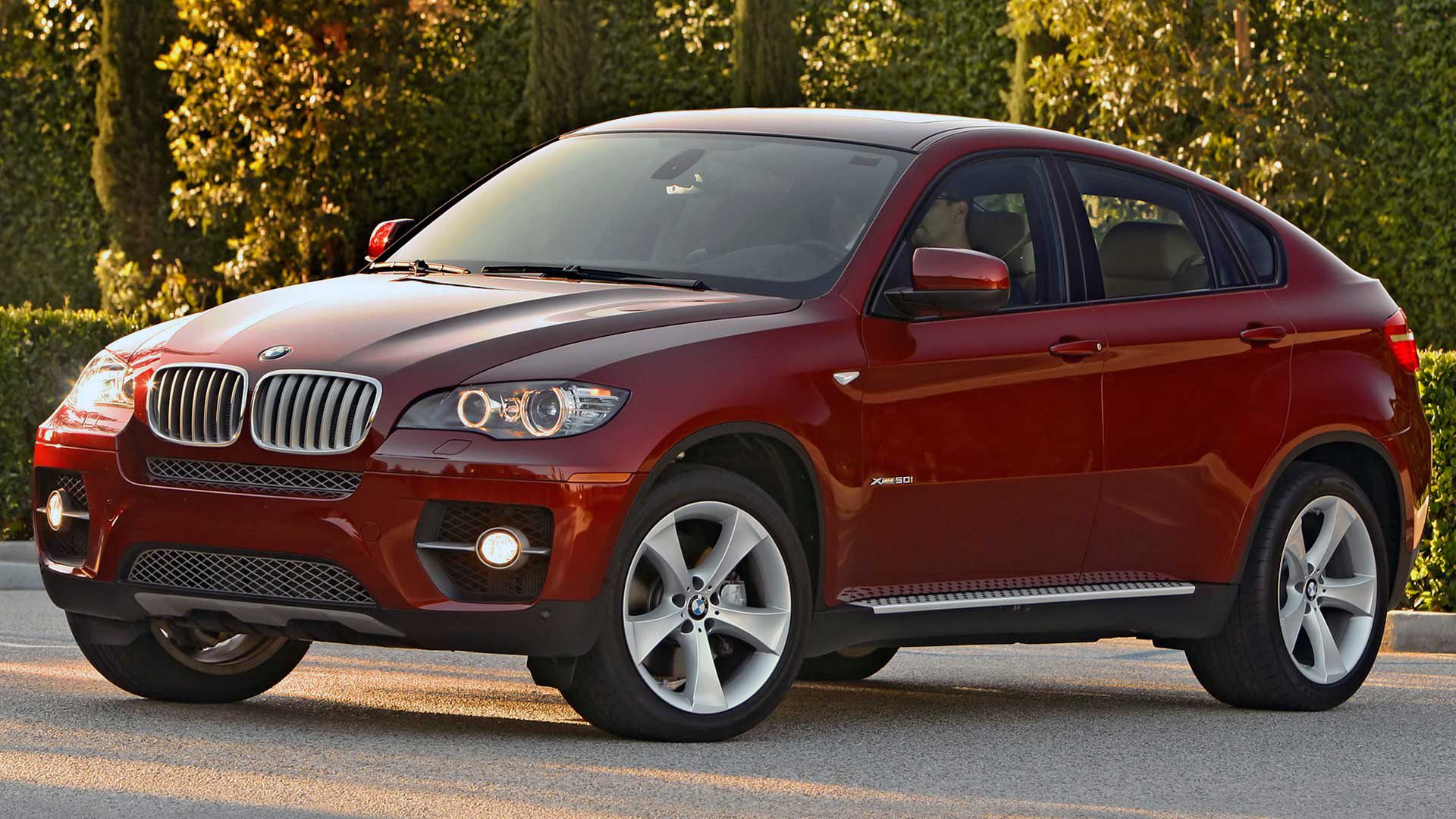
2008 E71 BMW X6
© BMWThe BMW X6 may be best summarised as an automotive example of ‘don’t hate the player, hate the game’. If customers are telling companies they want coupe versions of SUVs, then who are they to argue with them?
Along with being rather ungainly to look at, what makes the X6 so polarising tends to be the target audience. This is the BMW SUV for the person who thinks an X5 doesn’t make a big enough impact outside the gym, or when hassling people on the highway.
-
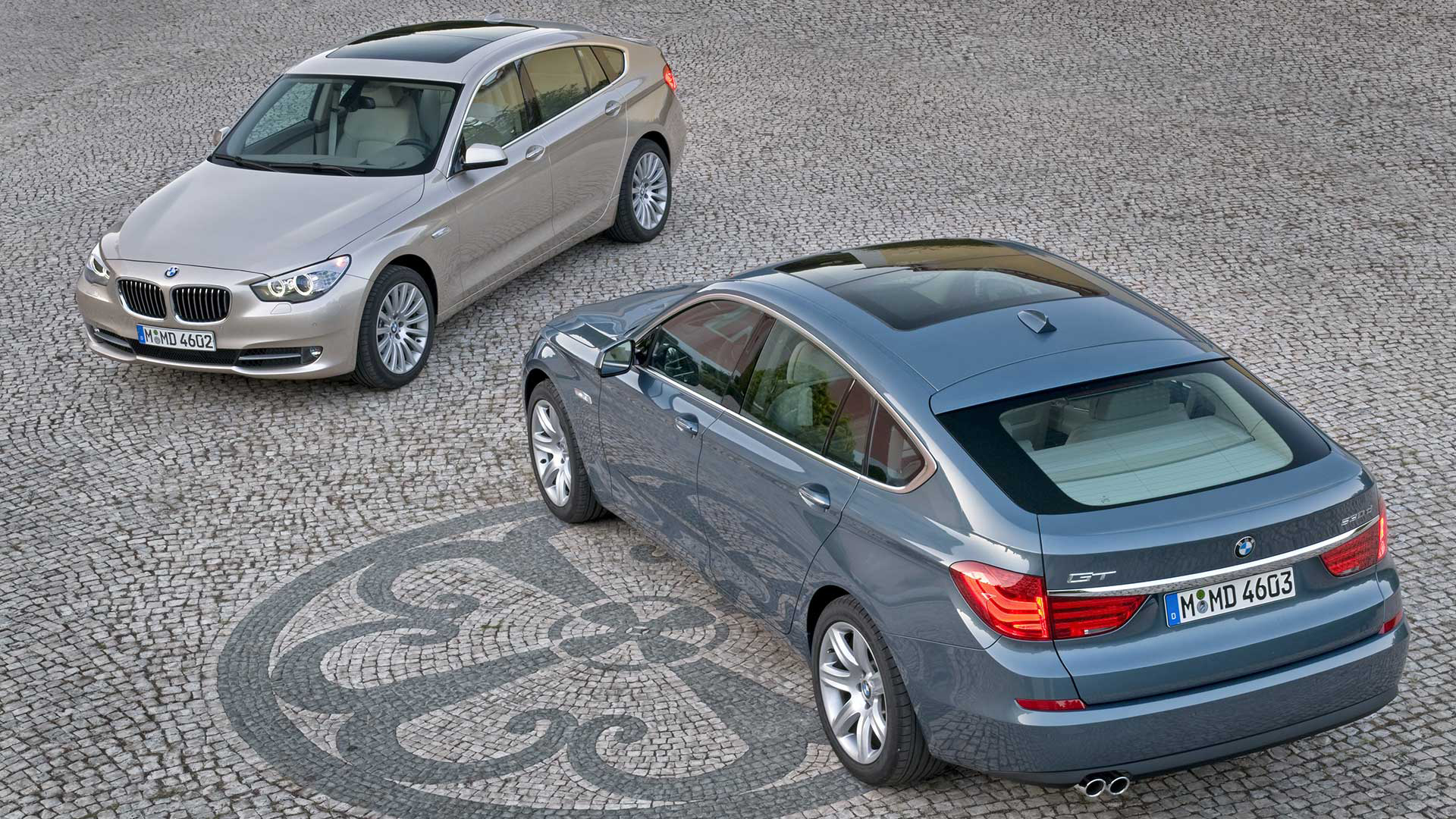
2009 F07 BMW 5 Series Gran Turismo
© BMWLaunched in 2009, the 5 Series Gran Turismo was a five-door fastback version of BMW’s popular executive model. Bigger than the regular saloon version, the Gran Turismo offered more space and practicality. In essence, the 5 Series Gran Turismo was aimed at customers who didn’t want to commit to a 5 Series Touring estate.
It led BMW North America to axe the Touring model, hoping the Gran Turismo would be enough. It wasn’t, with BMW selling fewer than 2,500 units of the 5 Series GT during 2010 and subsequently regretting ditching the estate.
-
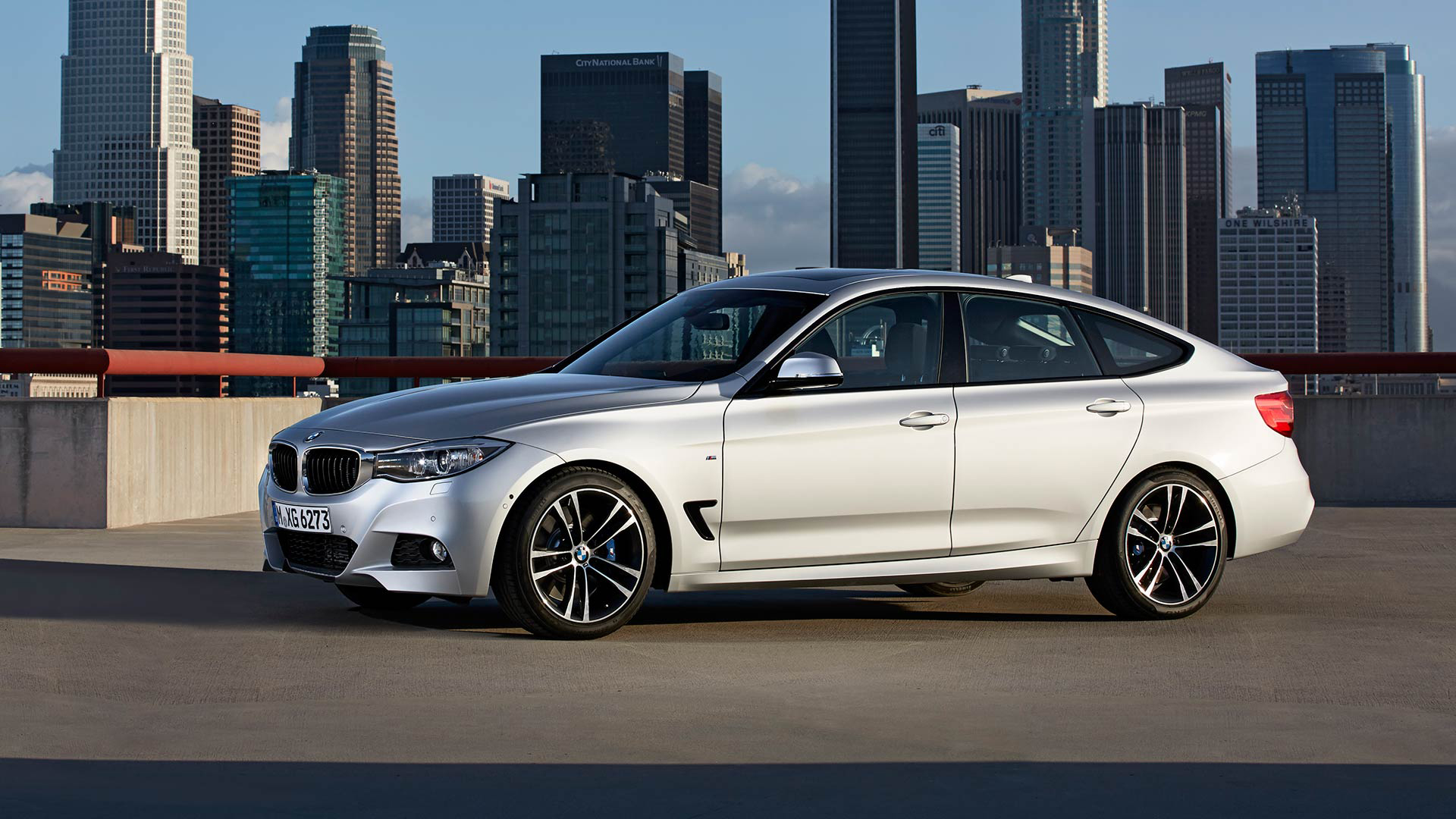
2013 F34 BMW 3 Series Gran Turismo
© BMWDespite the difficulties faced with the 5 Series GT, BMW doubled down and launched the smaller 3 Series GT in 2013.
Grafting the giant fastback boot onto the saloon model again created some questionable angles. A facelift in 2016 helped things, but it was still hardly one of BMW’s design masterpieces.
-

2013 BMW i3
© BMWThe first model in BMW’s electric vehicle sub-brand, the i3 was truly revolutionary when first revealed. Offered in pure electric, or gasoline hybrid range-extender versions, the i3 was made to look like the future had truly arrived. Carbon fibre is used for the majority of the main structure, whilst the rear of the cabin is accessed through rear-hinged back doors.
Whilst not conventionally attractive, it did at least help BMW’s first mass-produced electric vehicle get noticed. More than 130,000 examples have been sold across the world since the i3 launched, with BMW even adding a performance i3 S version in 2018.
-
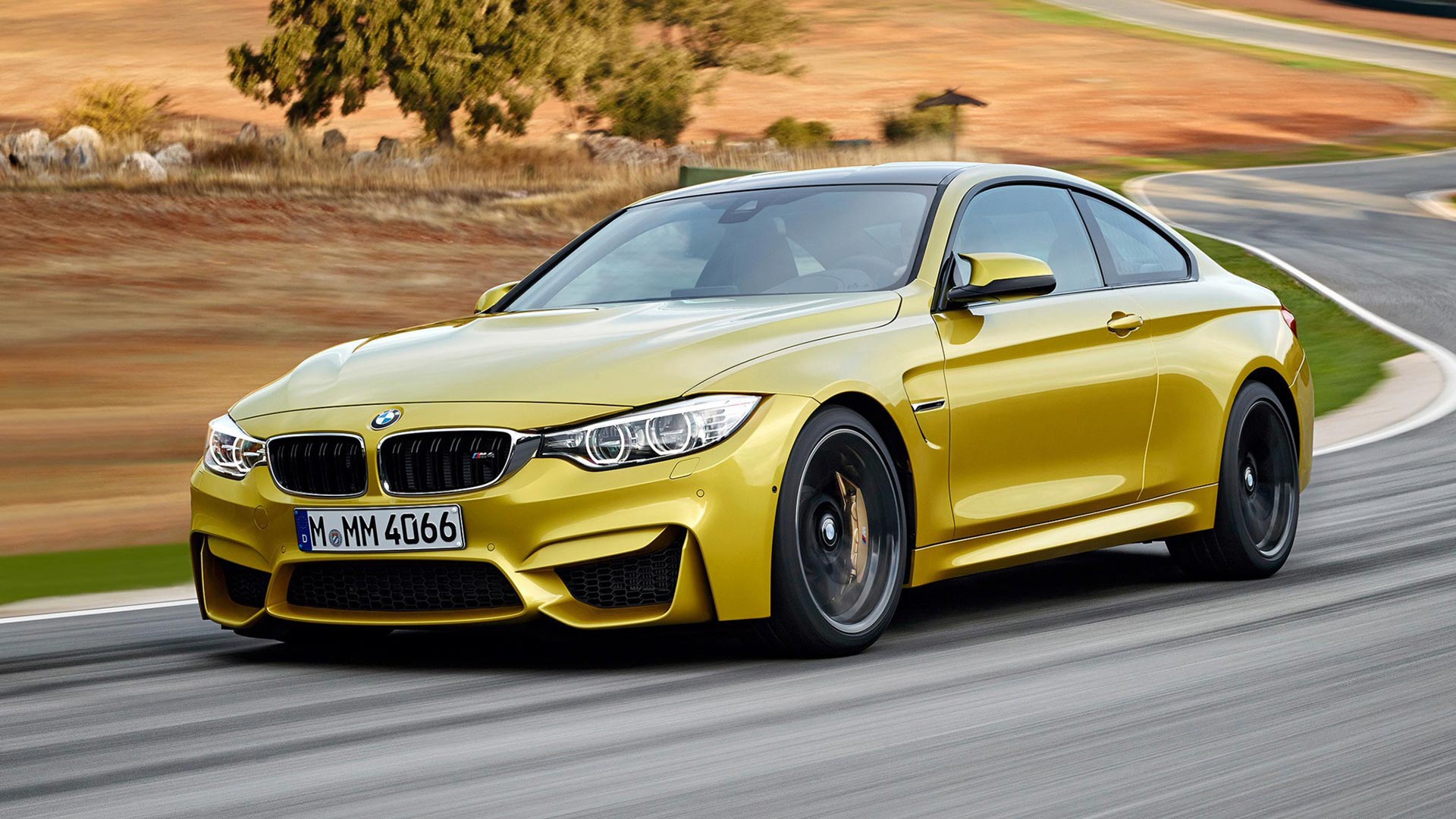
2014 F82 BMW M4
© BMWWhilst there was nothing wrong with how the F82 BMW M4 looked, what upset the purists was the name. BMW had decided that coupe and convertible versions of the 3 Series would be made into a separate model line. This meant the two-door M3 sports car would now become the M4.
Since the introduction of the M3 in 1986 it had, almost exclusively, been applied to cars with two doors. Instead the M3 would become a four-door saloon model, whilst the M4 took the coupe and convertible role. It may just be semantics, but these things matter to BMW enthusiasts.
-
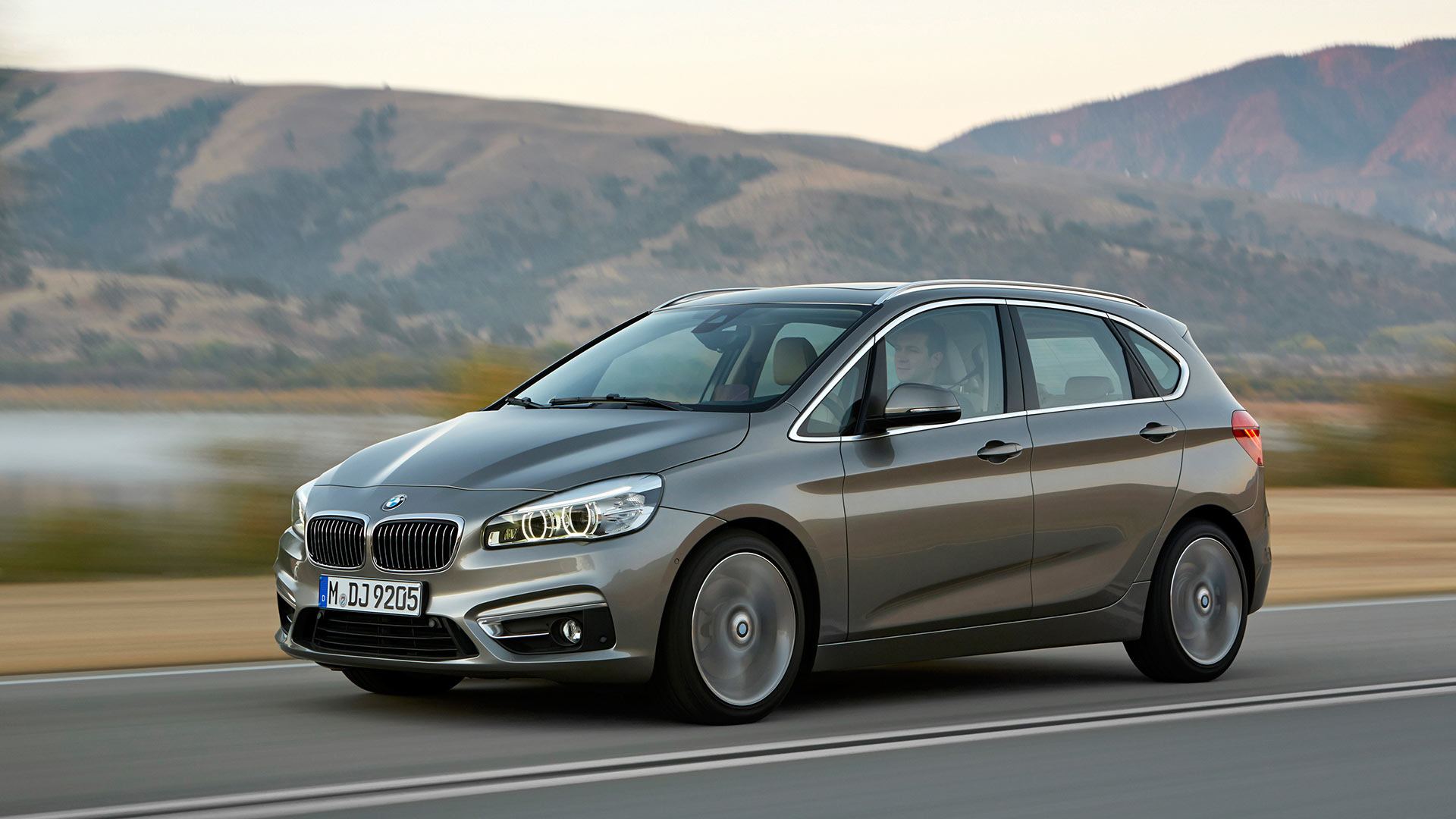
2014 F45 BMW 2 Series Active Tourer
© BMWIgnore the styling for a moment, and concentrate on the fact that the 2 Series Active Tourer was the first front-wheel drive vehicle sold by BMW. Instead of being given a bespoke platform, the Active Tourer shares its underpinnings with the Mini Countryman crossover.
BMW’s motivation was to compete with the Mercedes-Benz B-Class, by offering a luxurious compact MPV. A long-wheelbase Gran Tourer model was also added to the range, with seating for up to seven. In terms of styling, the steeply raked lines give the impression in profile that the driver of the 2 Series has stomped on the brakes, pitching it forward.
-
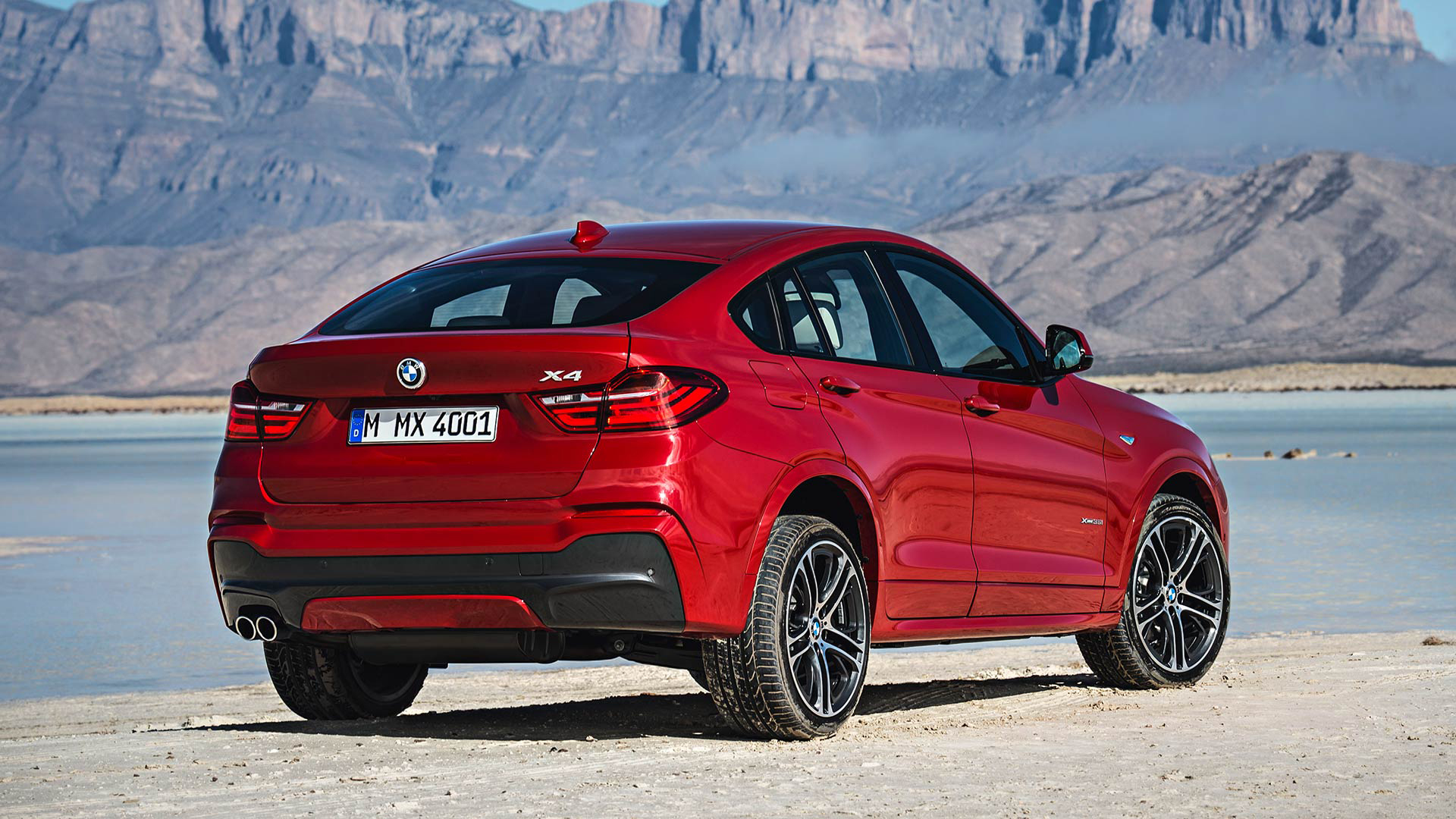
2014 F26 BMW X4
© BMWAimed at drivers who want the X6 experience but in a smaller package, BMW previewed the first-generation X4 at the 2013 Shanghai Auto Show. Production began the following year, maintaining the coupe roofline on a platform taken from the X3 SUV.
BMW has been able to find numerous buyers for the X4, so much so that it launched a second-generation version in 2018. Mercedes-Benz and Audi have also entered the SUV coupe game, meaning this trend is here to stay.
-
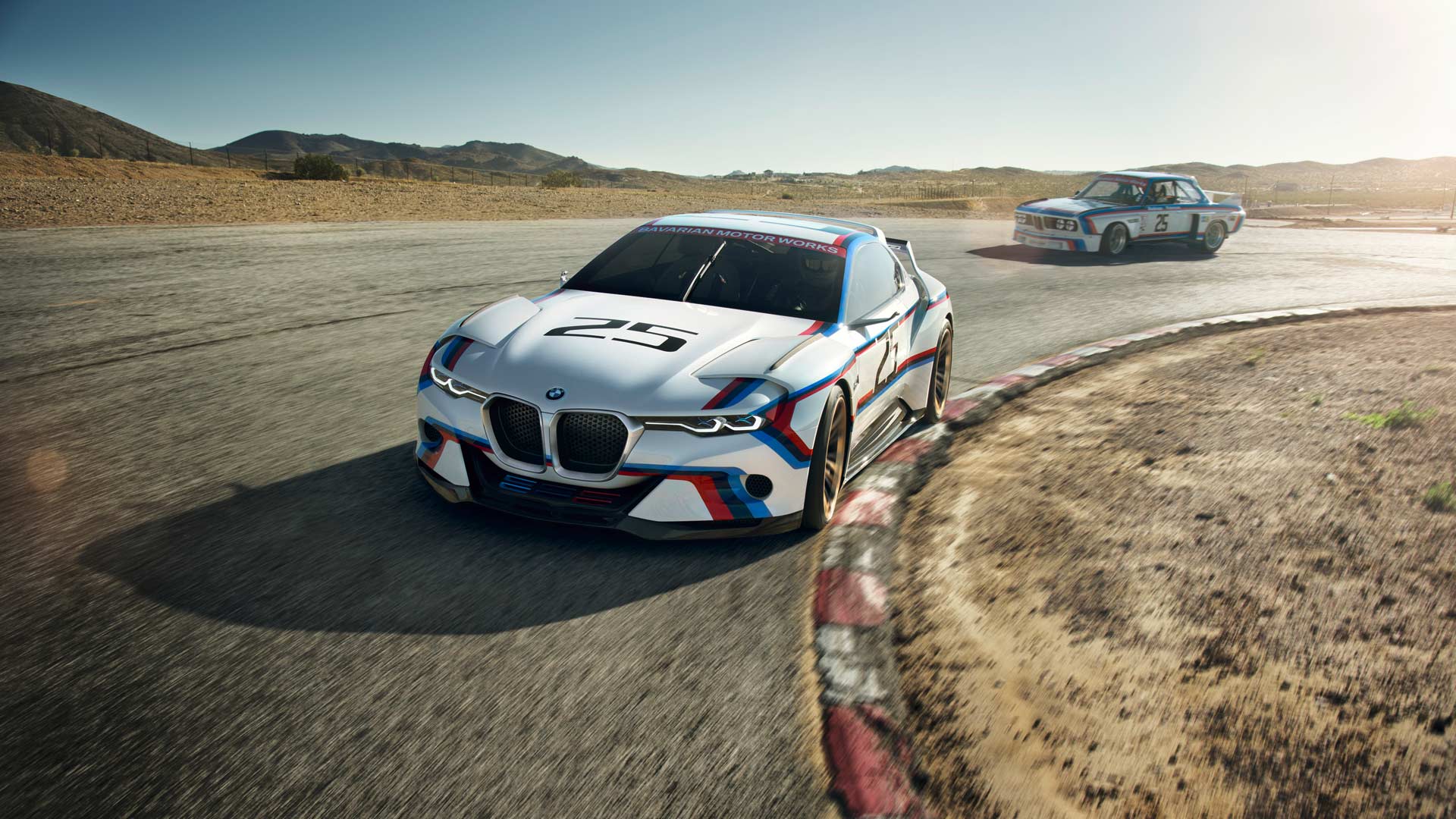
2015 BMW 3.0 CSL Hommage R Concept
© BMWTo celebrate the 40th anniversary of BMW North America being founded, BMW wanted to build a special concept for the 2015 Pebble Beach Concours d’Elegance. It took inspiration from the 1975 3.0 CSL race car, which had been entered into the IMSA GT championship.
In hindsight, the big front grille should have been a warning as to the design direction the company was heading for. However, the biggest disappointment came from the realisation that this retro creation would only ever be a concept.
-
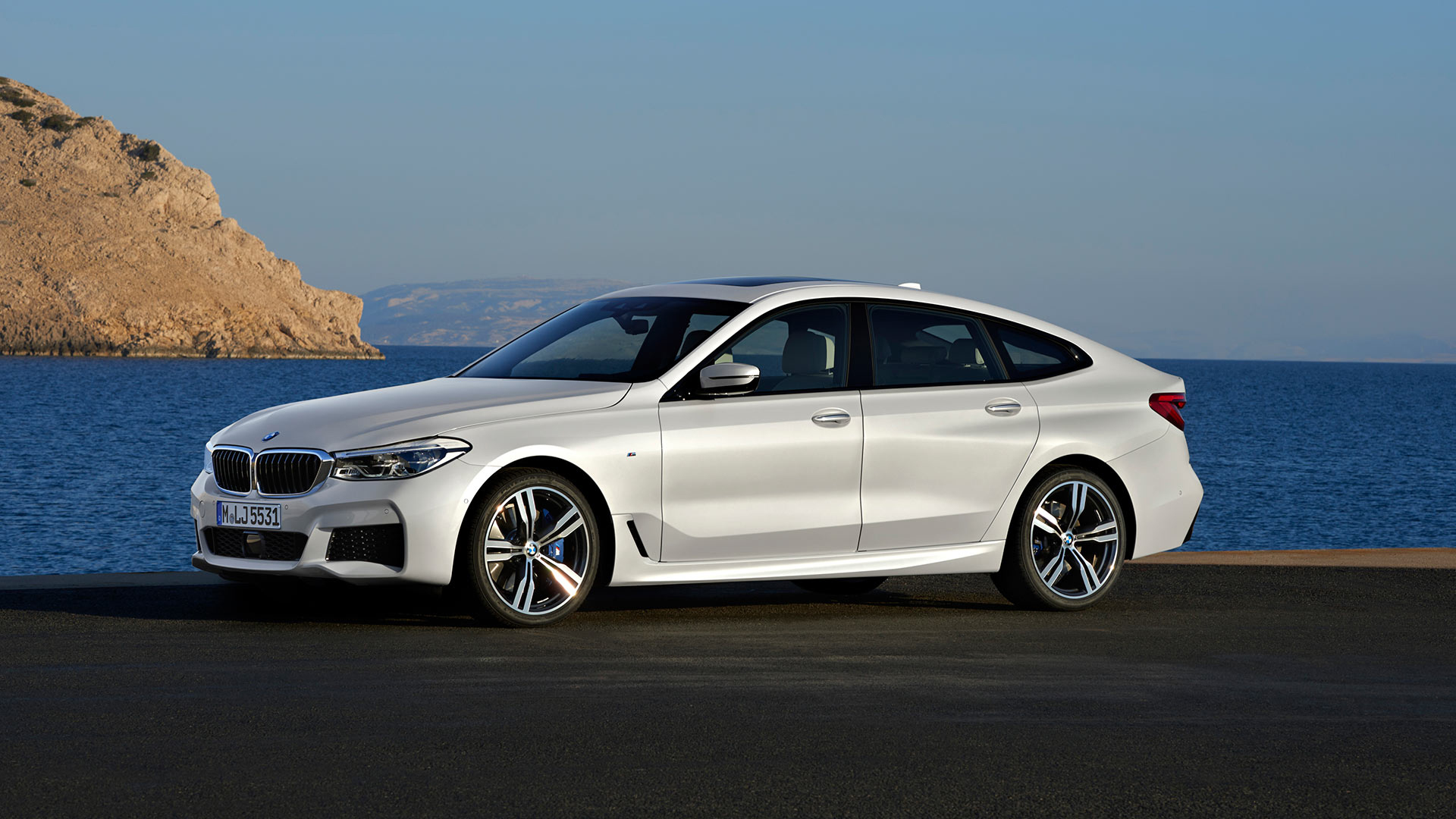
2017 G32 BMW 6 Series
© BMWWhen is a 6 Series not really a 6 Series? When it actually happens to be the replacement for the 5 Series Gran Turismo. In more naming gymnastics, BMW opted to call the new large five-door fastback model the 6 Series. This was all possible thanks to the introduction of the new 8 Series coupe, leaving the 6er name free.
Confusing? Yes, but at least the new 6 Series fastback looks slightly less controversial than the preceding 5 Series GT.
-
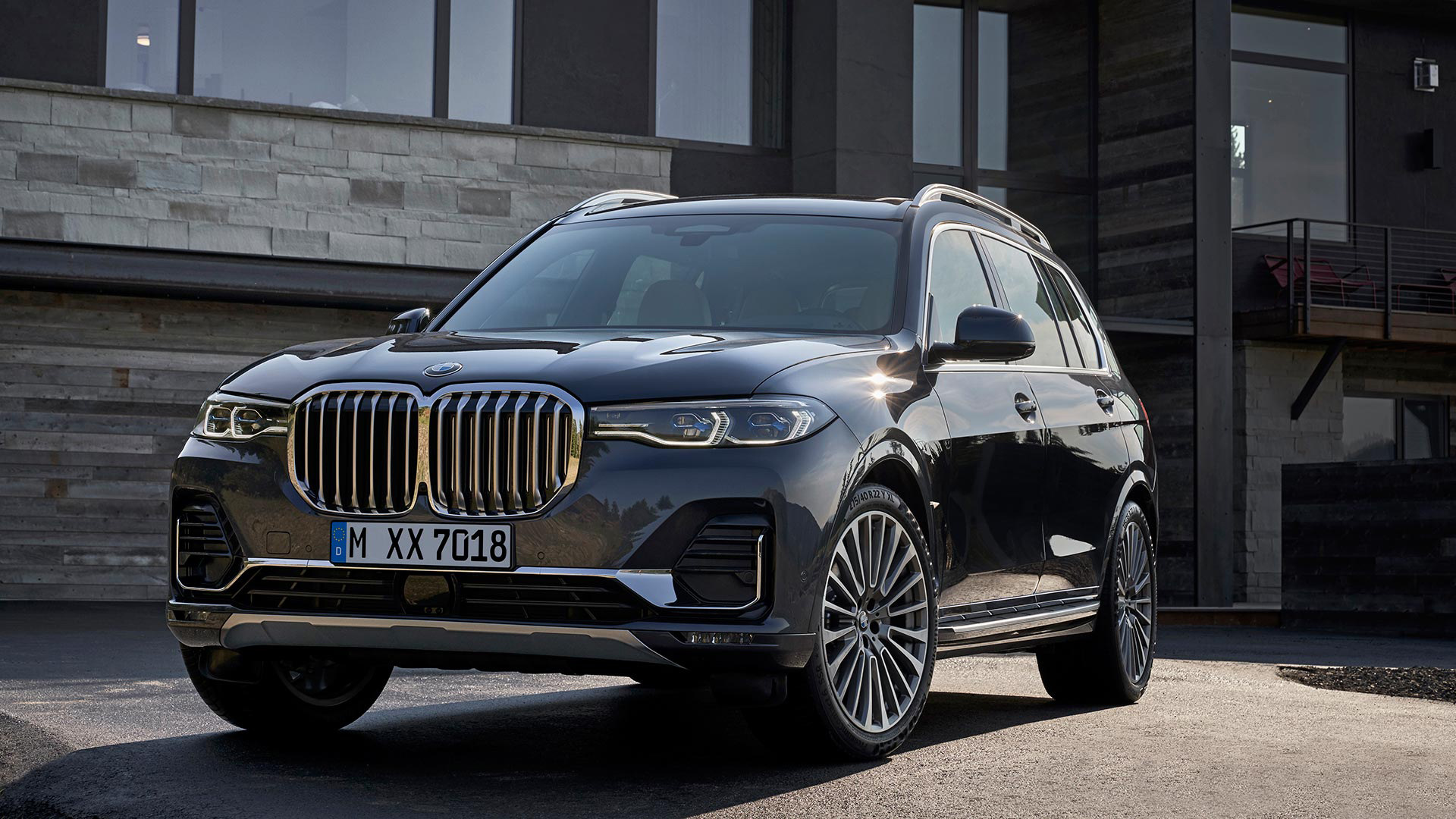
2019 G07 BMW X7
© BMWNearly two decades after entering the SUV market, BMW decided it was finally time to go supersized. The X7 is the first full-size luxury off-roader from the German company, and it is properly big. It has seating for seven across three rows, and the rear doors are actually longer than the front ones.
We are ignoring the obvious here though, in the shape of the simply humongous grille attached to the front of the X7. Look past it, and the biggest BMW SUV is actually a well-resolved design, but that chrome kidney does take some adjusting to.
-
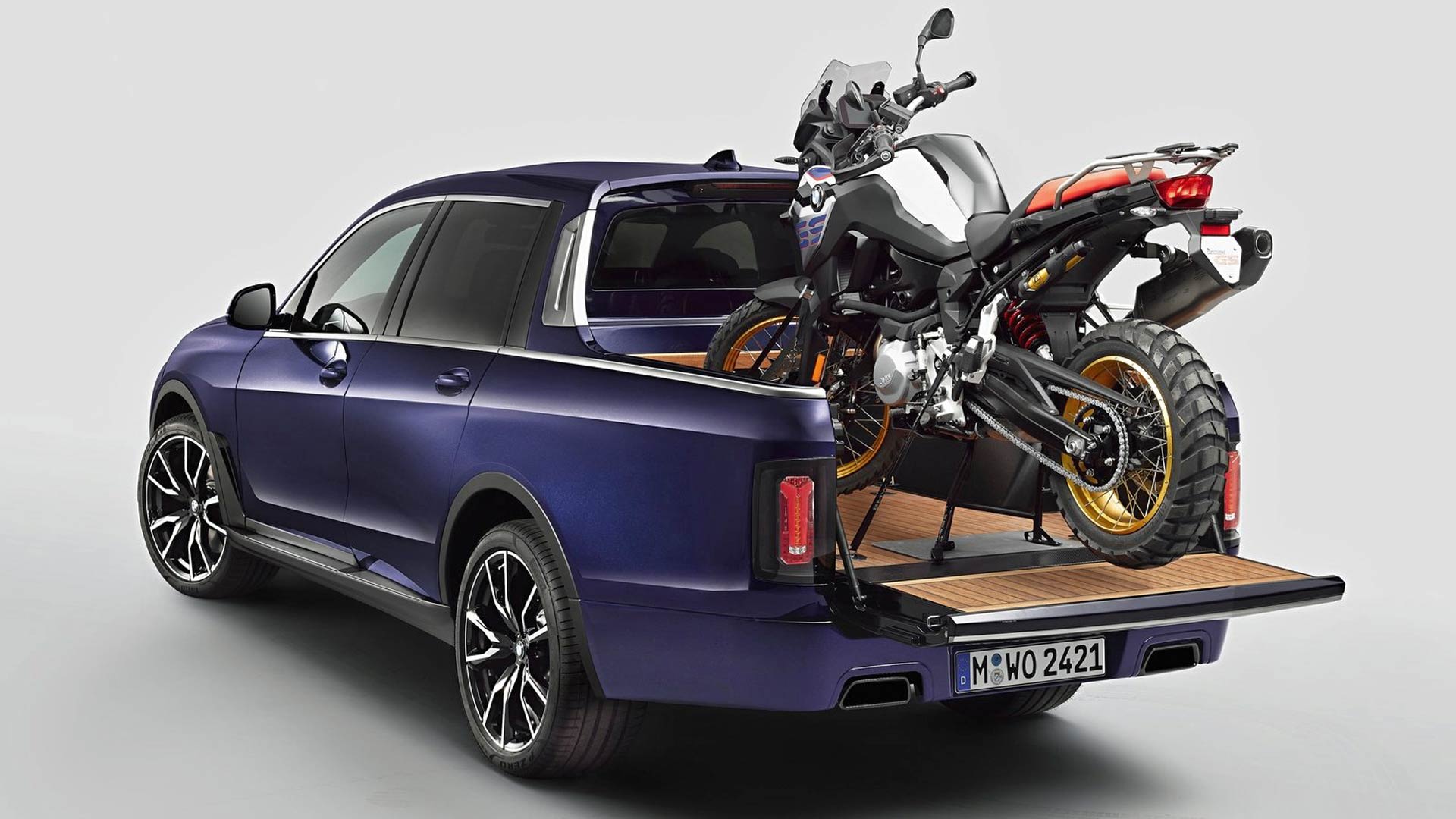
2019 BMW X7 Pickup Concept
© BMWWhat could make the X7 even more controversial? Rolling out a custom-built pickup version, created by apprentices at BMW’s Vocational Training department. Their hard work turned the new X7 into a luxurious five-seater pickup, with space to carry a BMW F80 GS motorbike.
The handcrafted load area features a polished wood finish, with the new bodywork all created from scratch. To the relief of many BMW fans, the impressive effort was purely intended as a one-off concept.
-
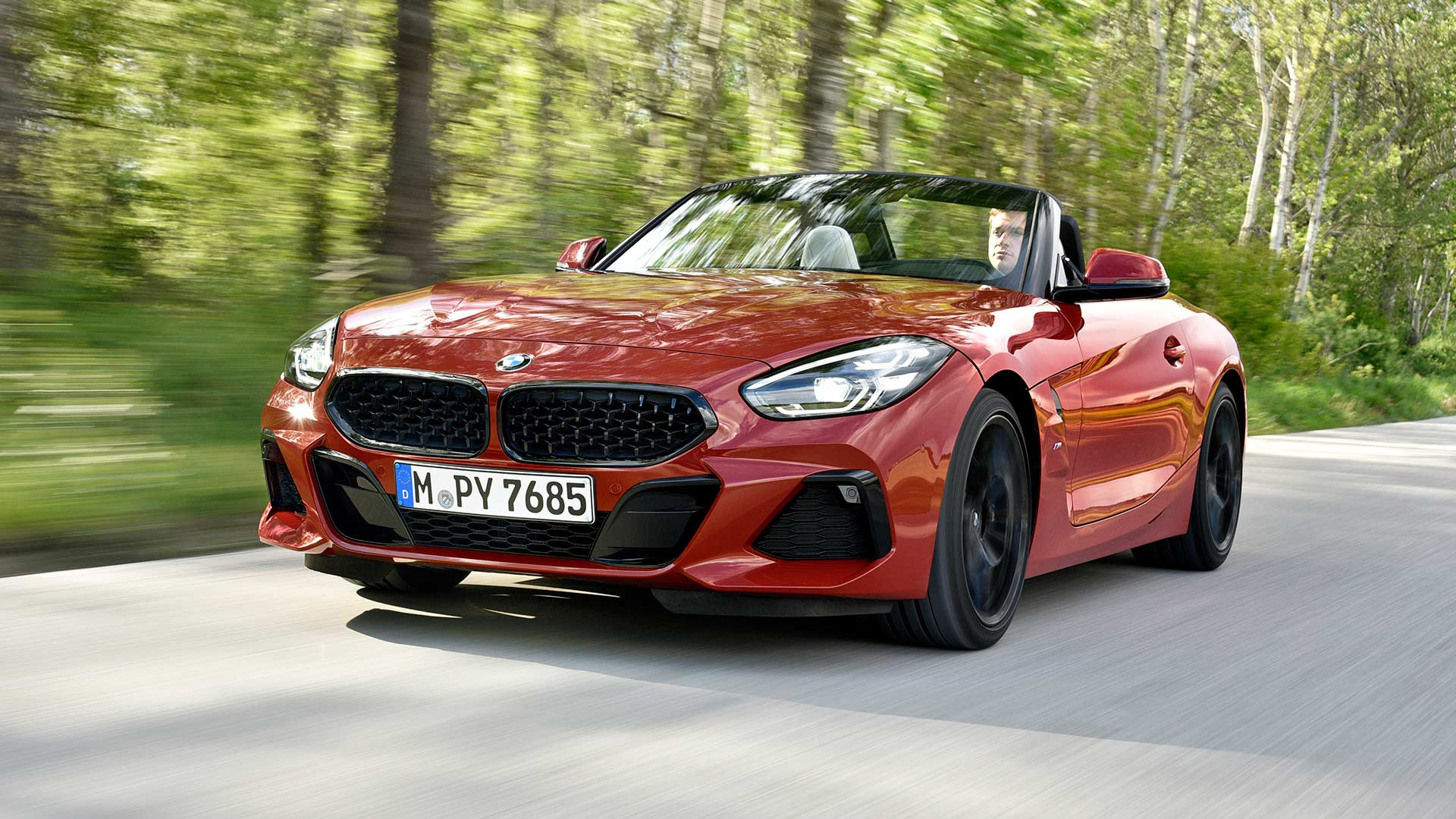
2019 G29 BMW Z4
© BMWThings often move in circles, and the latest BMW Z4 seems to owe something to the original 2002 version. Look at those side sills and there is just a hint of Chris Bangle’s flame surfacing that can be detected. Naturally, for a modern BMW, it has a huge front grille but stretched horizontally here.
It does make the new Z4 look suitably sporty, yet its creation has caused stirrings amongst BMW fans. In an unusual collaboration, the new roadster has given its platform, engines, and interior elements to the reborn Toyota Supra.
-
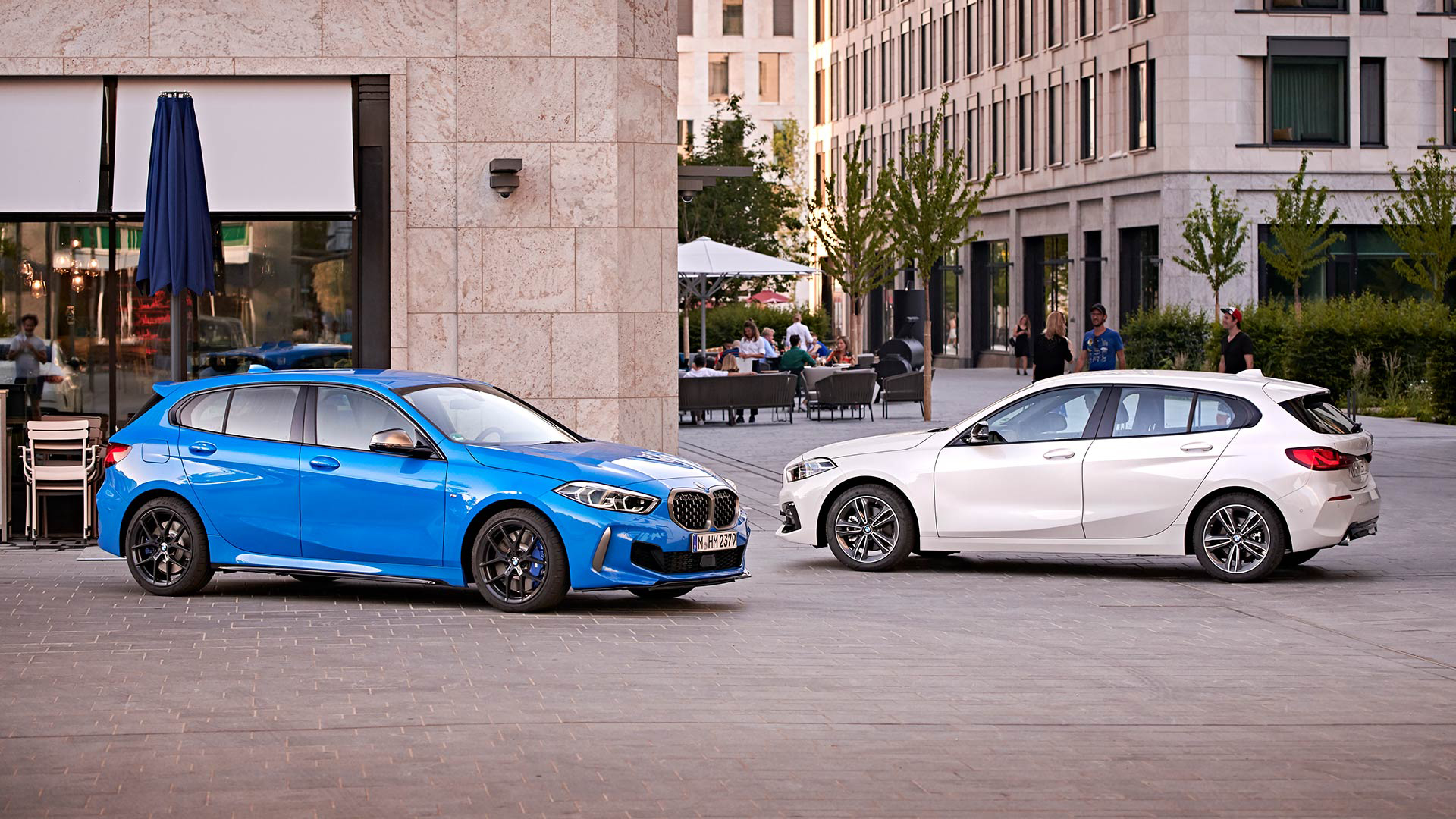
2020 F40 BMW 1 Series
© BMWIf you have been following the themes emerging through this gallery, you will most likely not be surprised at the revelation that the latest 1 Series is now front-wheel drive. BMW found that some owners of previous-generation models were oblivious to the fact they were rear-wheel drive.
Opting for front-wheel drive allows BMW to make the 1 Series more practical, and helps save money with platform sharing. There is the issue of another large front grille but, that aside, the latest BMW hatchback manages to appear rather anodyne.
-
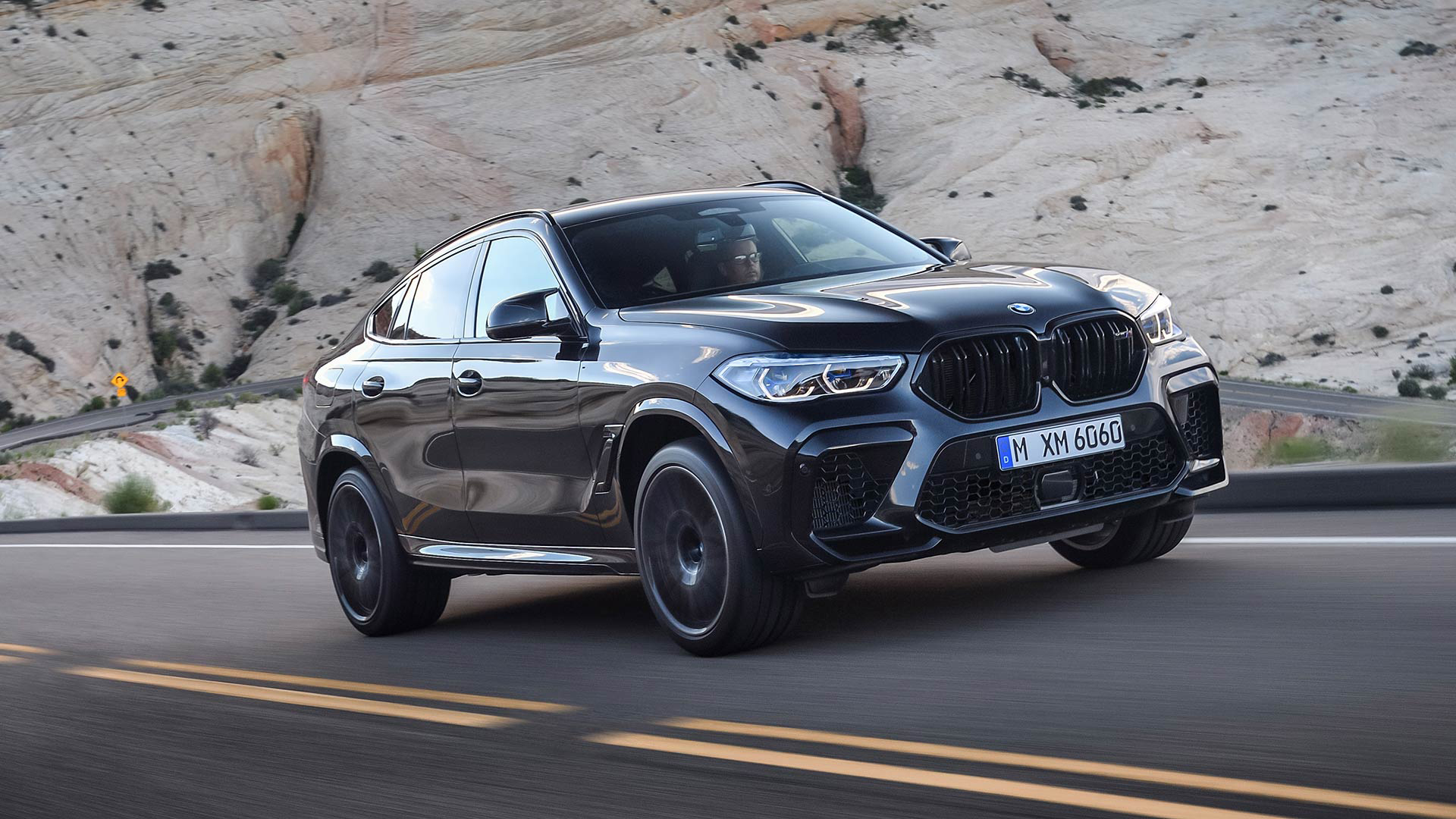
2020 G06 BMW X6 M Competition
© BMWThe M Competition model of the third-generation X6 is the ultimate expression of BMW’s SUV coupe range. It has a 4.4-litre twin-turbocharged V-8 engine, producing 625 horsepower and is capable of running from 0-62 mph in 3.7 seconds.
But just look at the front bumper. The huge kidney grille accounts for 40% of the real estate alone, whilst other vents take up almost all the room left. It’s amazing that they found space for the headlights.
-
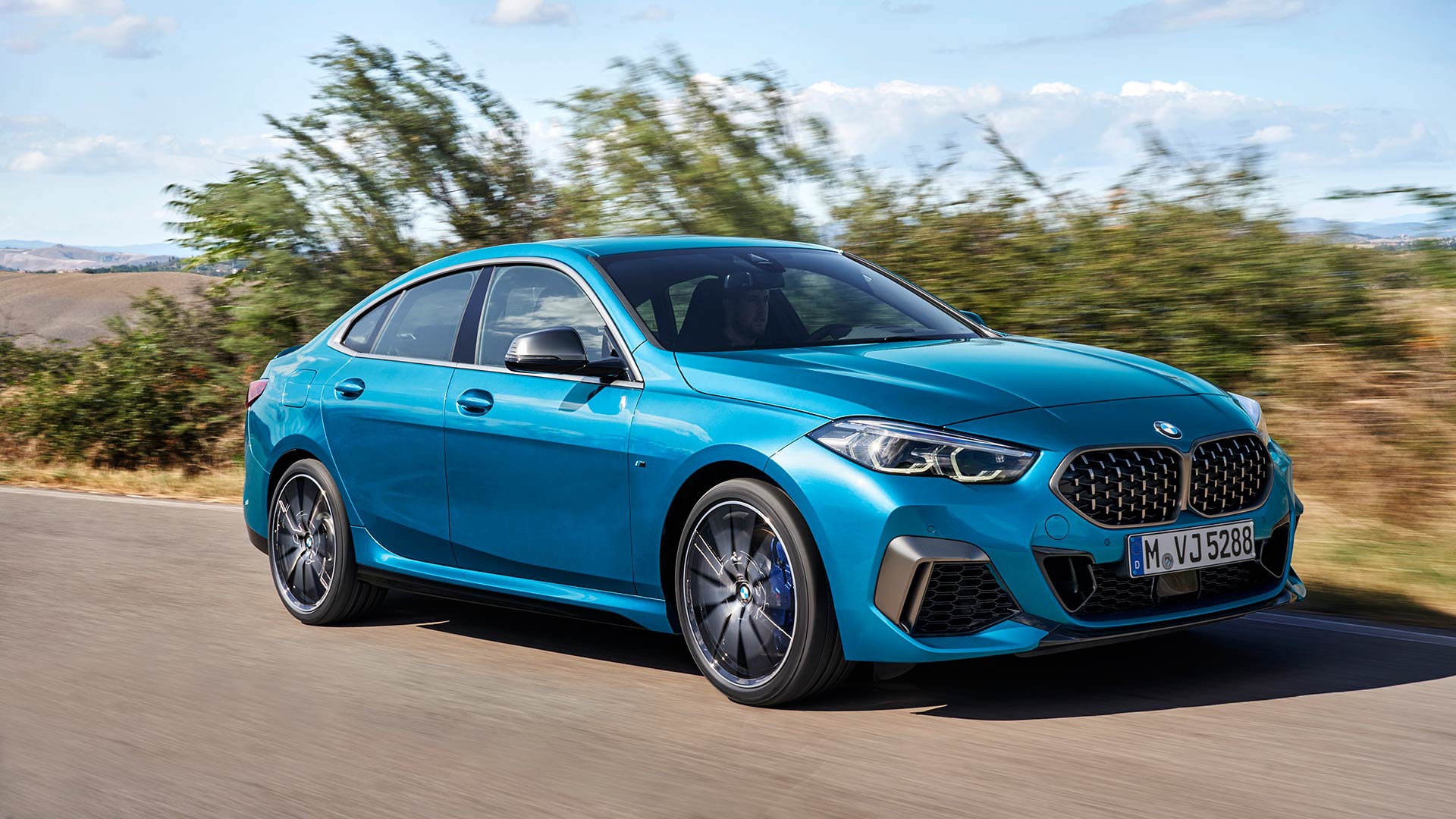
2020 BMW 2 Series Gran Coupe
© BMWIntended to replace the unloved 3 Series Gran Turismo, the 2 Series Gran Coupe is aimed at rivalling the Mercedes-Benz CLA. It is based on the same platform as the new 1 Series, meaning there is no rear-wheel drive action here.
The front end features plenty of design detailing, including the now trademark bold BMW kidney grille. Yet other aspects of the 2 Series Gran Coupe seem almost anonymous, and could belong to any number of car manufacturers. Expect buyers to like it in spite of the looks, rather than clamouring for this one because of them.
-
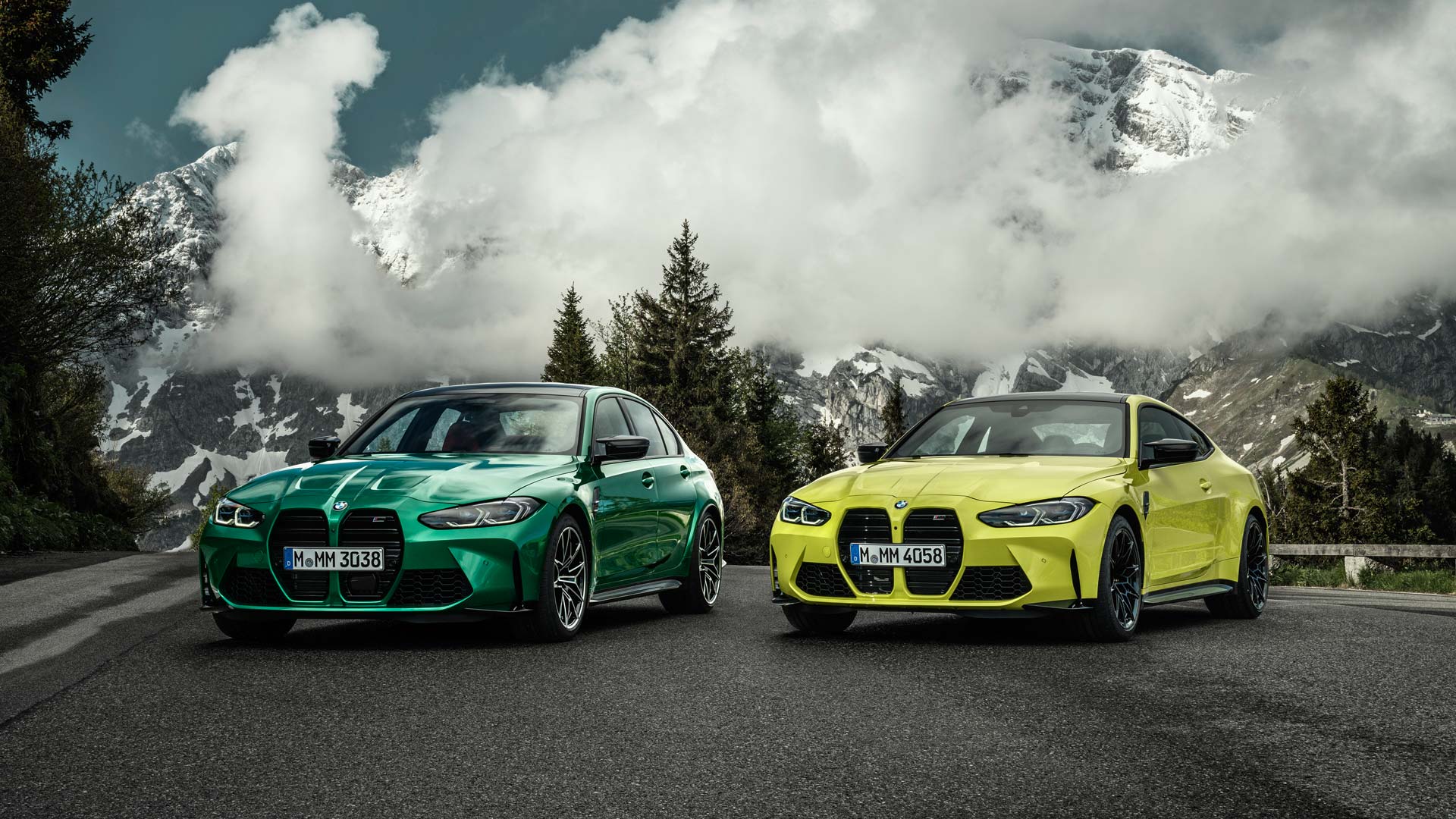
2020 BMW 4 Series Coupe
© BMWBMW fans should really have been well-prepared for the giant grille on the new M3 and M4 models. The latest 4 Series Coupe, revealed in June 2020, previewed the colossal kidney design idea.
Like with the M3 and M4, BMW states it is necessary to ensure more powerful engines get enough cooling air. Arguably the big grille, with its three-dimensional mesh insert, has generated plenty of hot air from enthusiasts sharing their views on it.
-

2021 BMW IX
© BMWThe all-electric BMW IX SUV caused controversy due to the addition of a supersized kidney grille at the front. There’s nothing subtle about it… and it isn’t even functional – the lack of an engine means no need for cooling air, so this grille is completely closed off to improve its aerodynamic efficiency.
So why have it at all? Partly because it’s a BMW styling cue, but also to locate all the car’s various autonomous and driver assist sensors. Instead of having them visible on the front of the car, they’re all hidden behind the massive grille, giving the front end a cleaner look.
This high-tech grille is also self-healing: any scratches are said to disappear within days, thanks to an additional coating on top of the grille. Controversial, then. But clever.
-
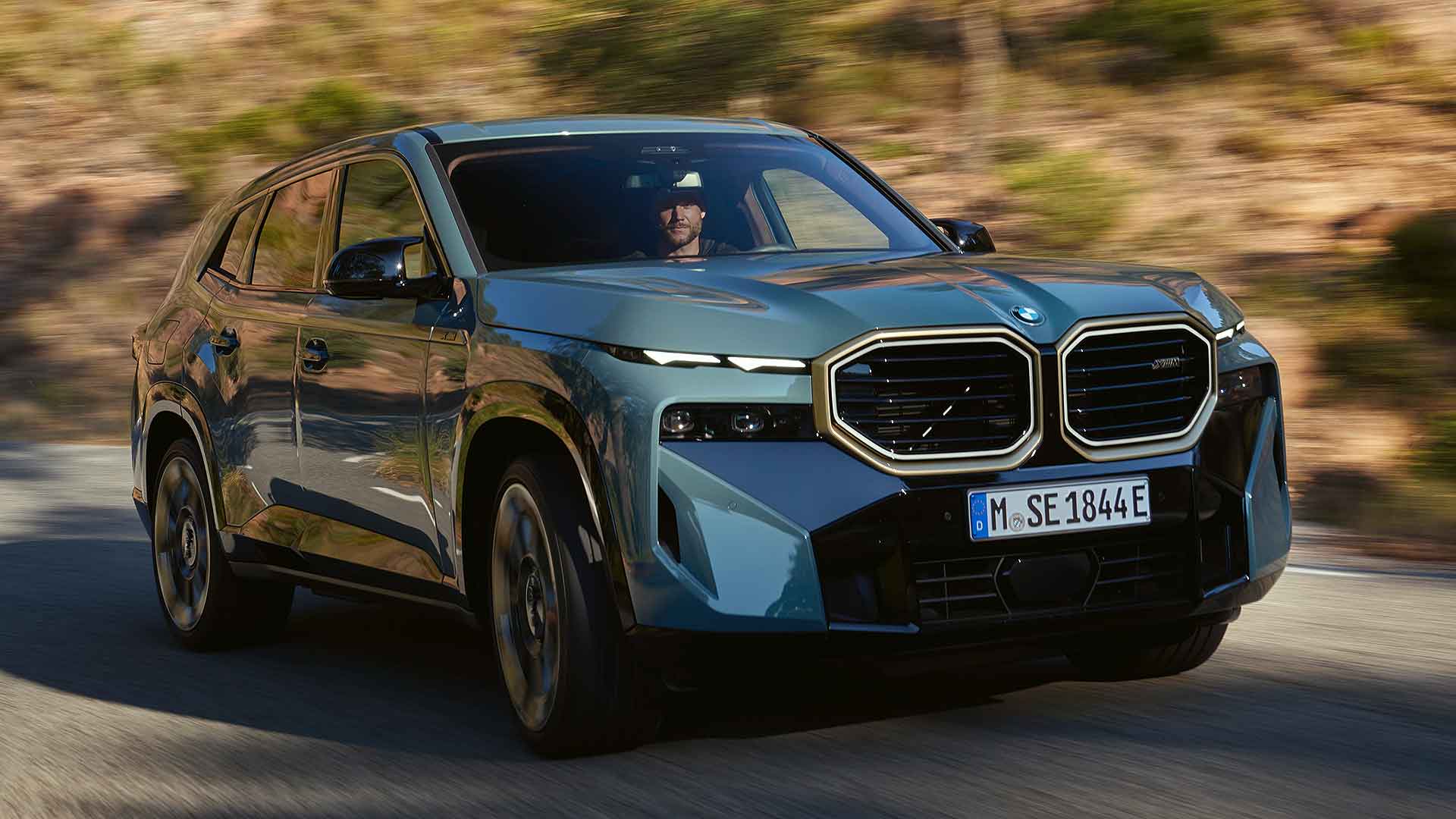
2022 BMW XM
© BMWWith the BMW M brand celebrating its 50th anniversary, the company has created a bespoke concept SUV. Set to go into production next year, the XM will be the first standalone BMW M car since the M1.
There is no ignoring what BMW calls the “new, progressive front-end design” on the XM, with it being dominated by another giant kidney grille. This is used to feed air to the 658hp hybrid V8 engine.
The front end features BMW’s new XM logo, with daytime running lights giving the grille a floating effect.
-
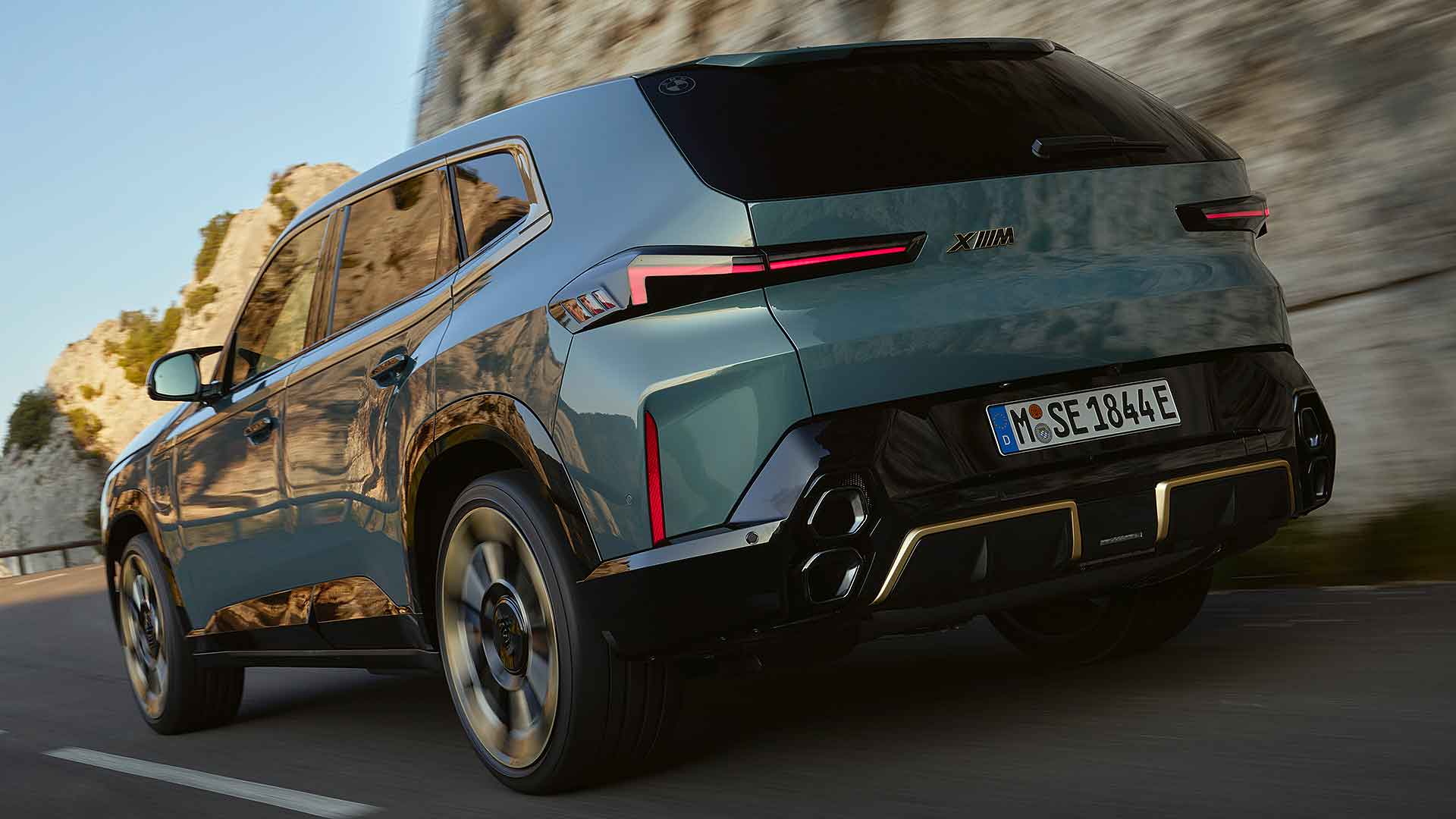
2022 BMW XM
© BMWBMW has not limited controversial design details to the front of the Concept XM. The bonnet includes air intakes that mimic the LED lights embedded into the front of the roof.
Elsewhere flame-surfacing appears to have made a resurgence, with the side profile a riot of angles and crevices. A gloss black finish is used to accentuate the two-tone effect, with the door handles hidden.
At the rear, the BMW logo has been etched into the window glass, and is said to be a deliberate nod to the original BMW M1. Vertically-stacked hexagonal exhaust tailpipes are likely to be another major talking point for BMW enthusiasts.